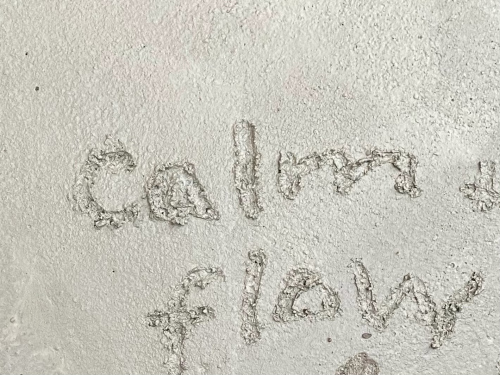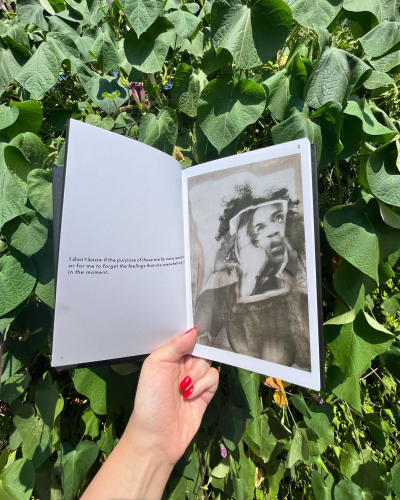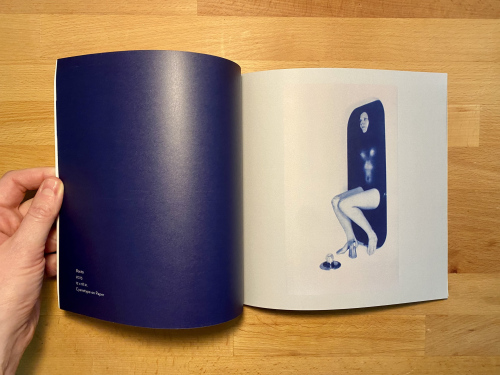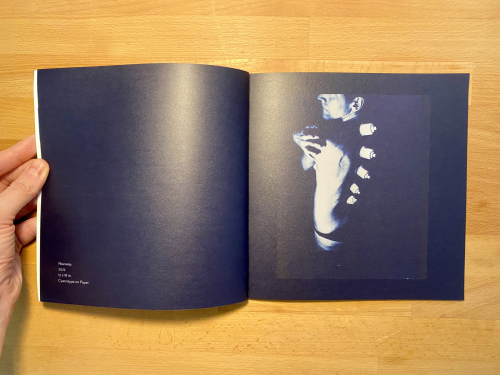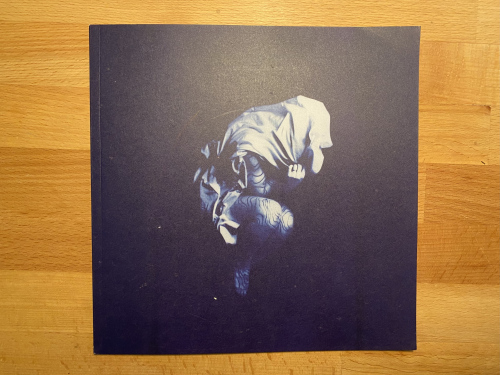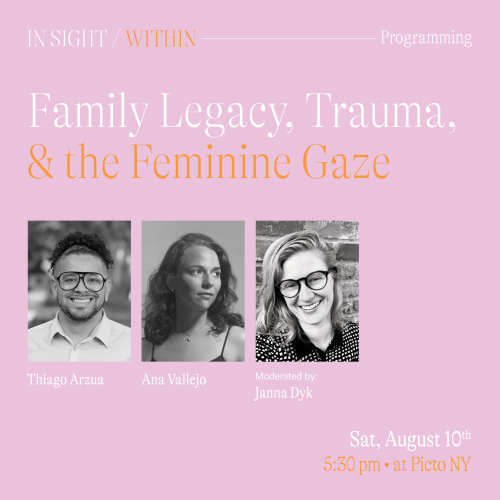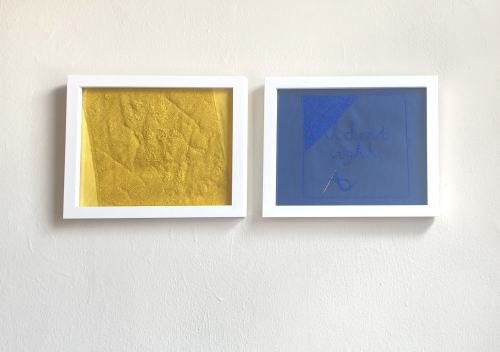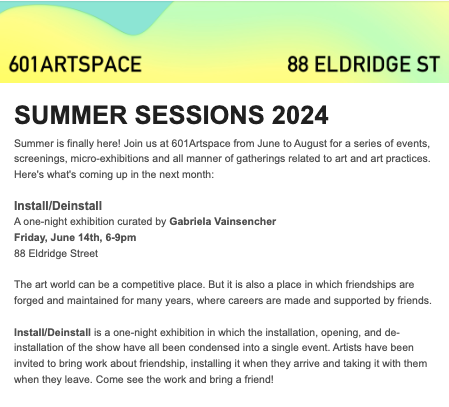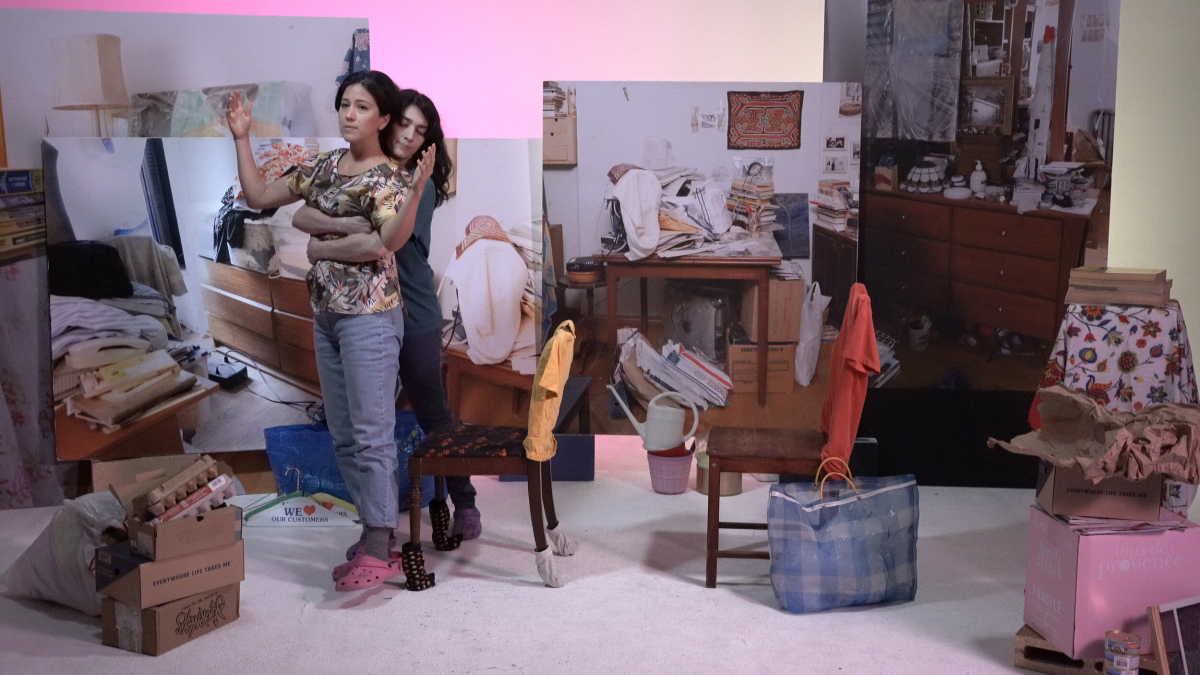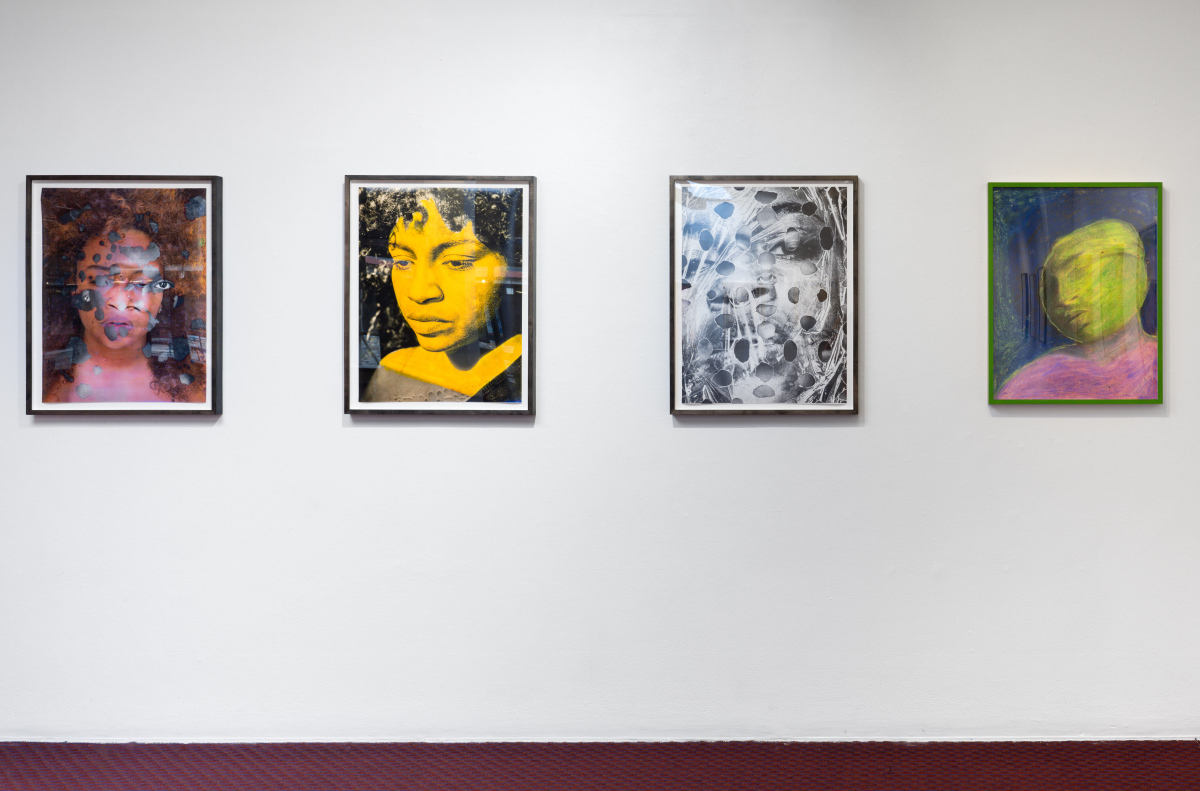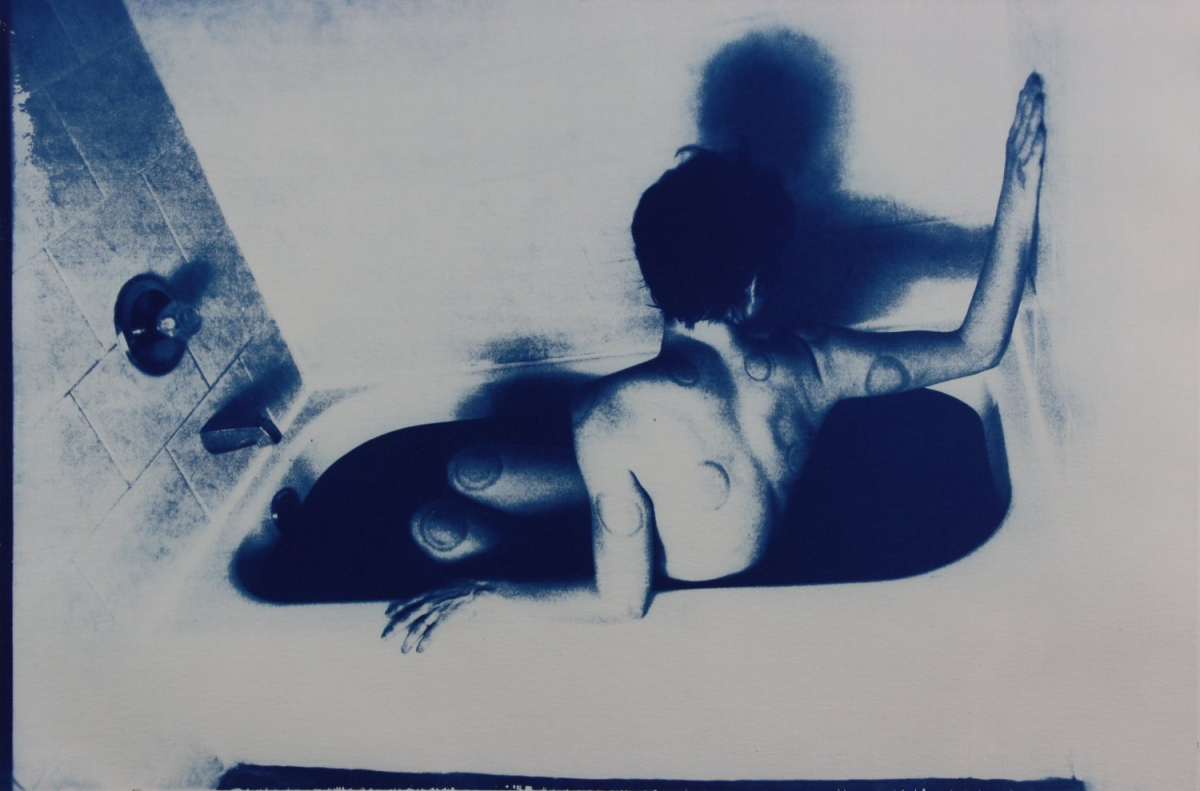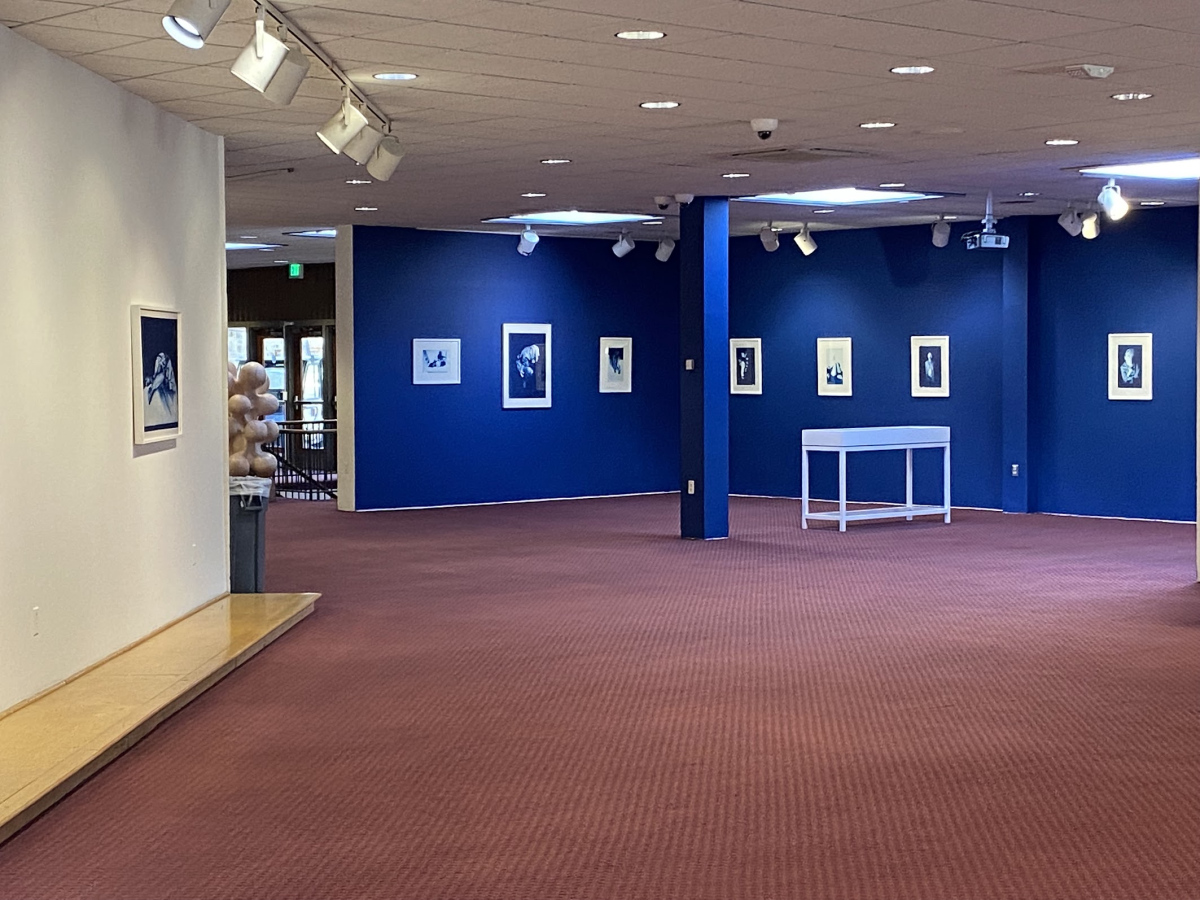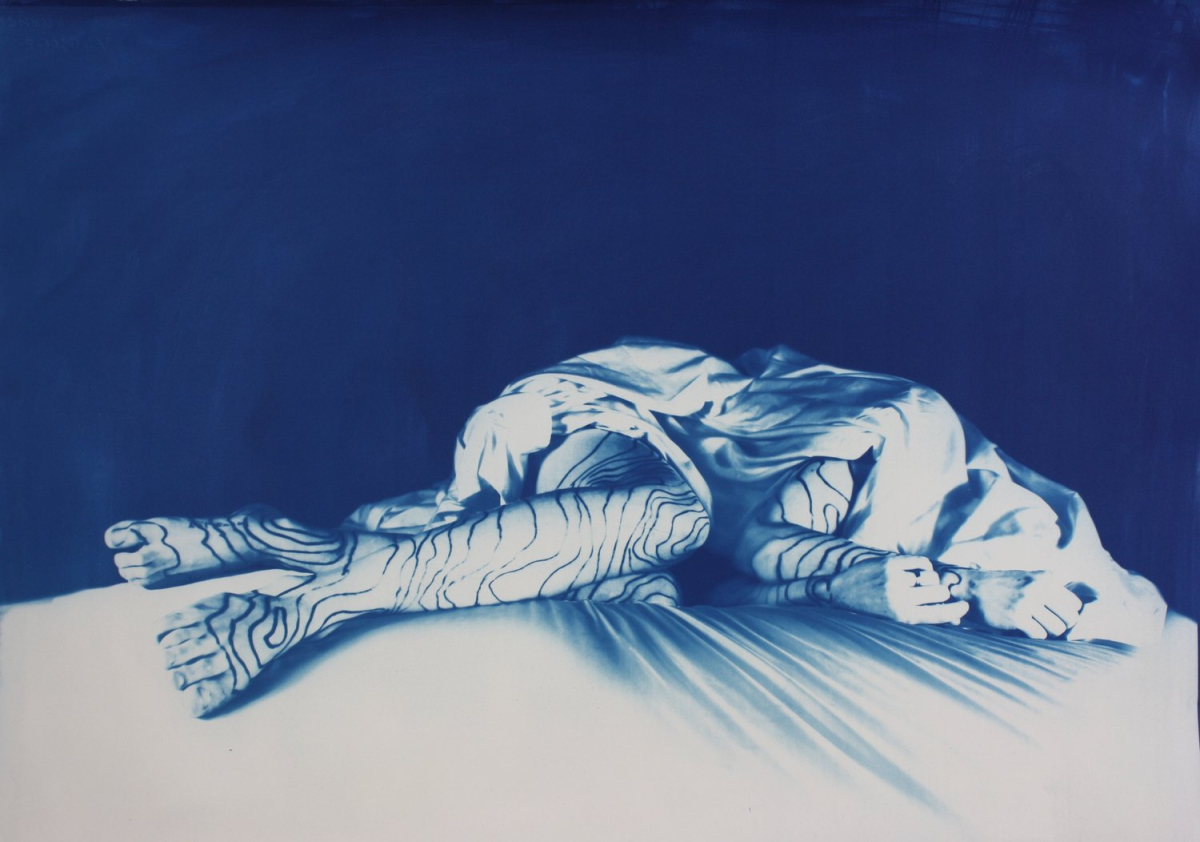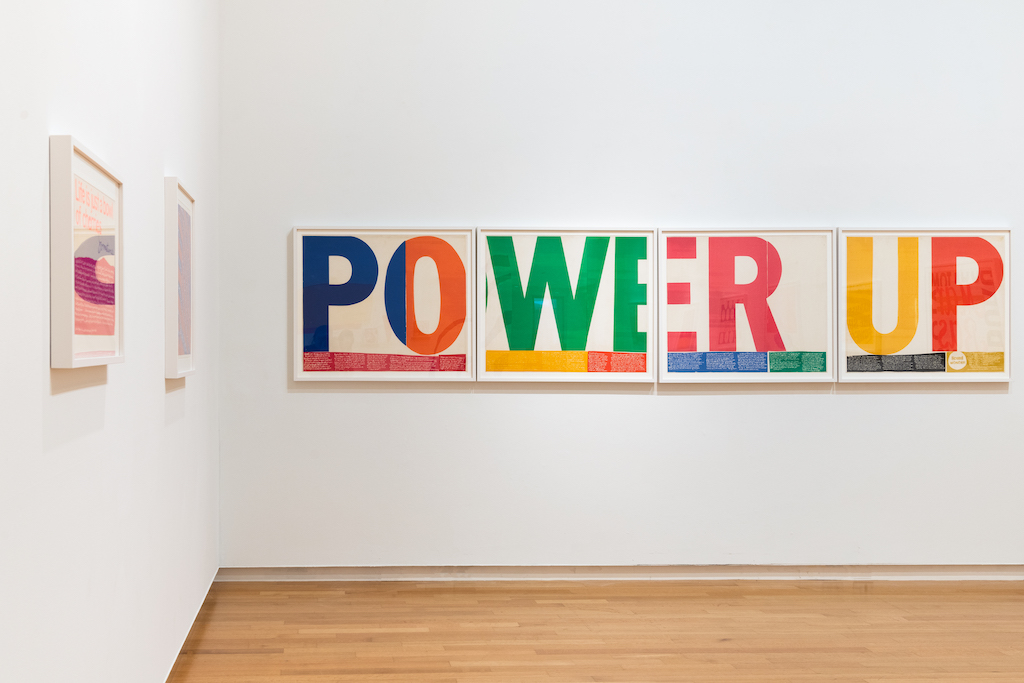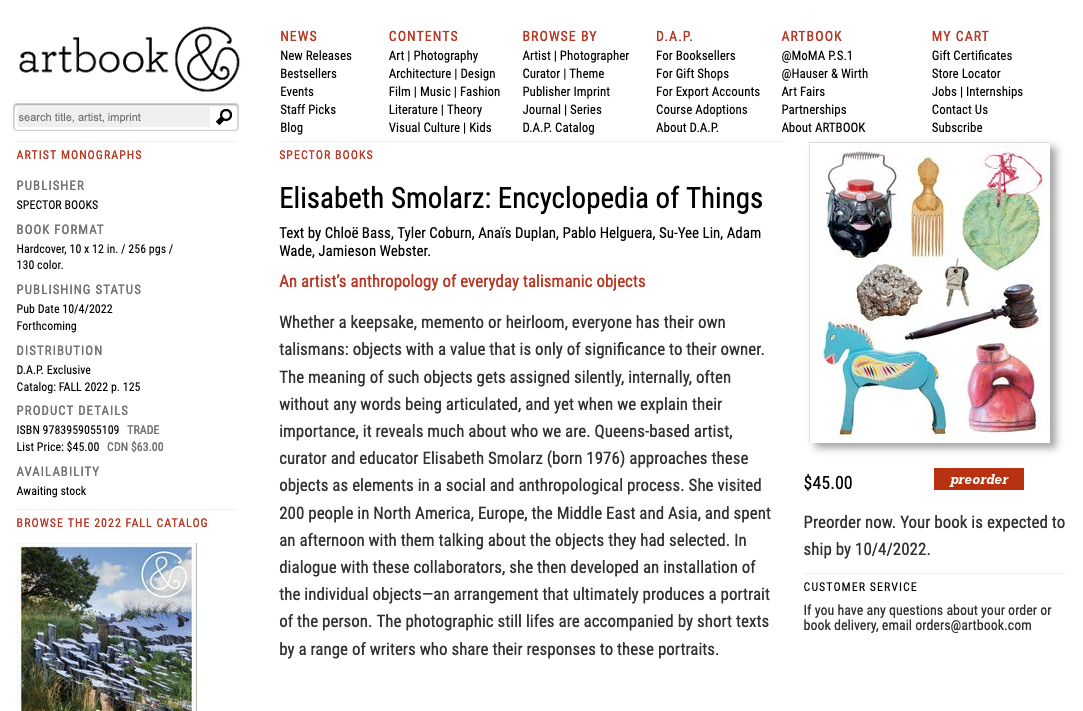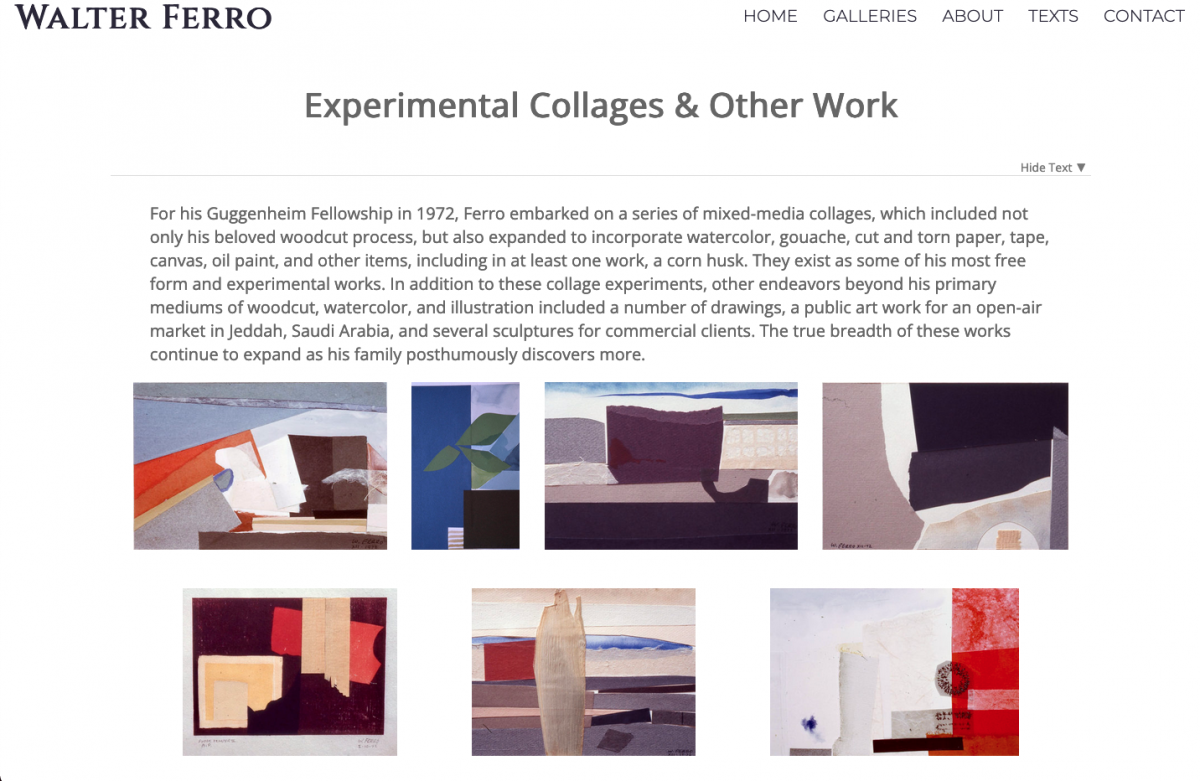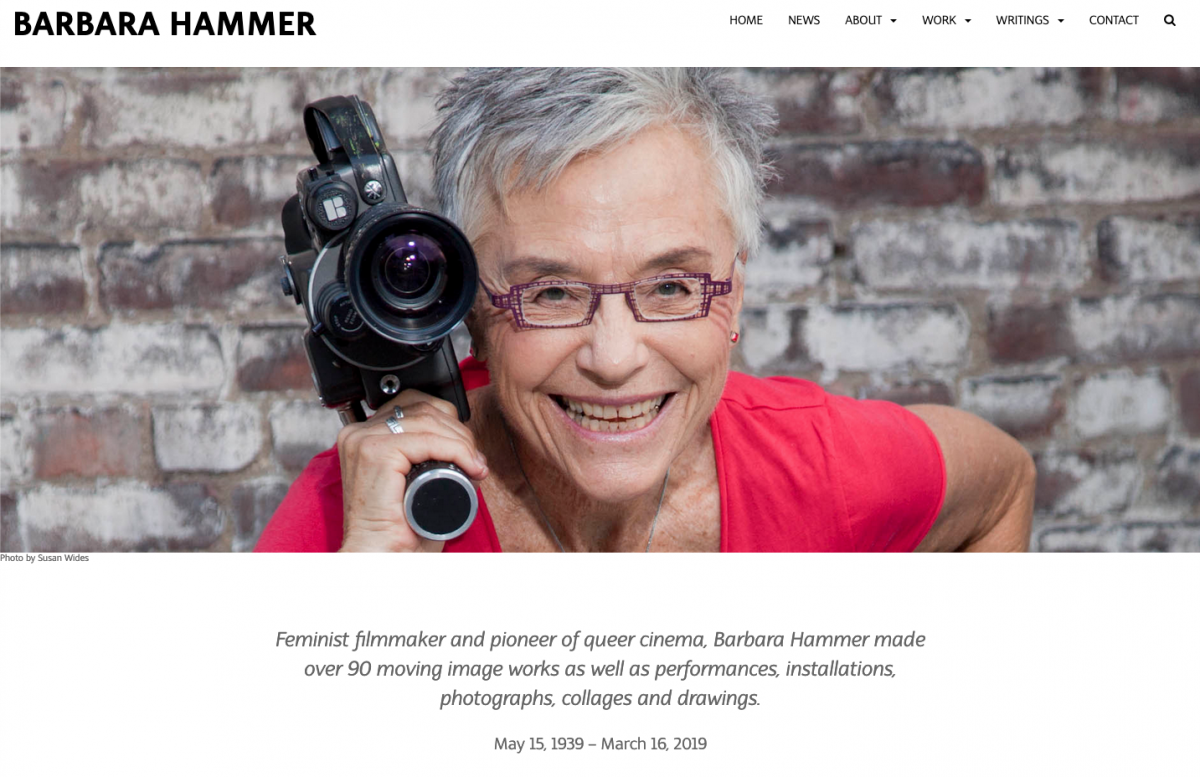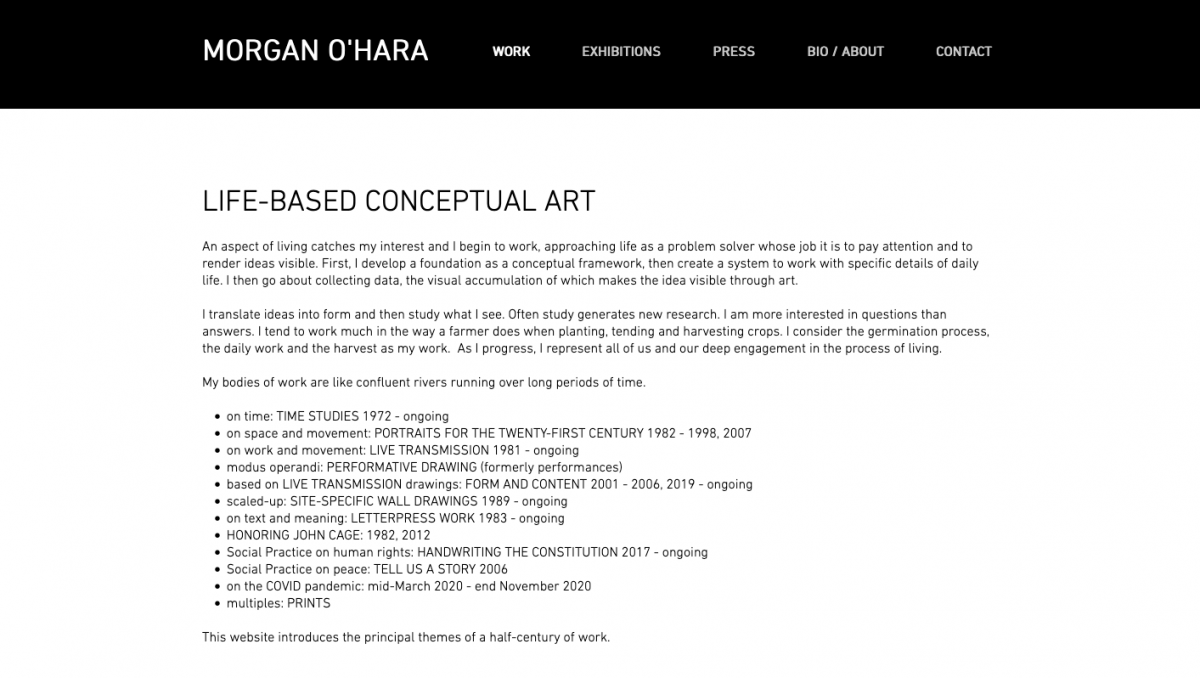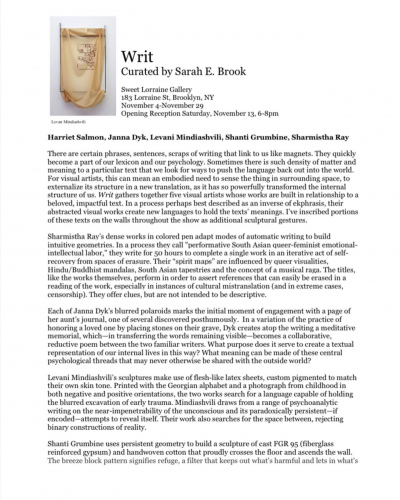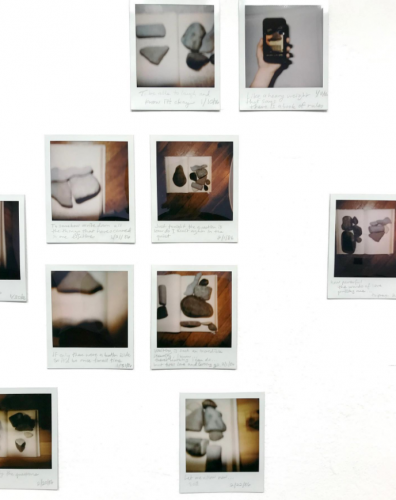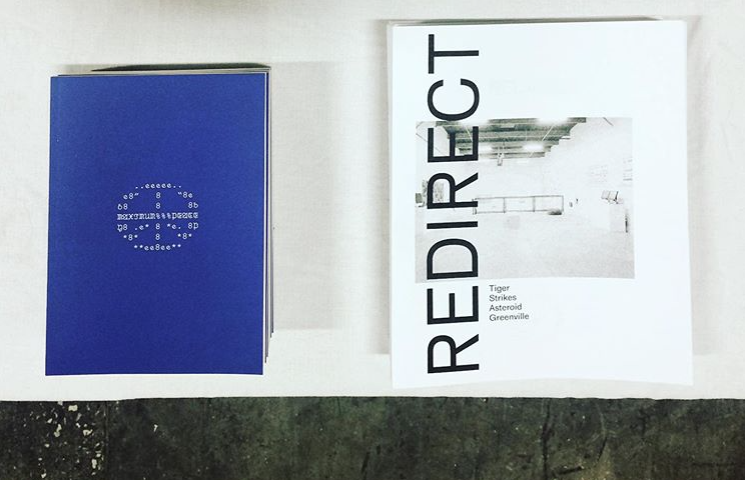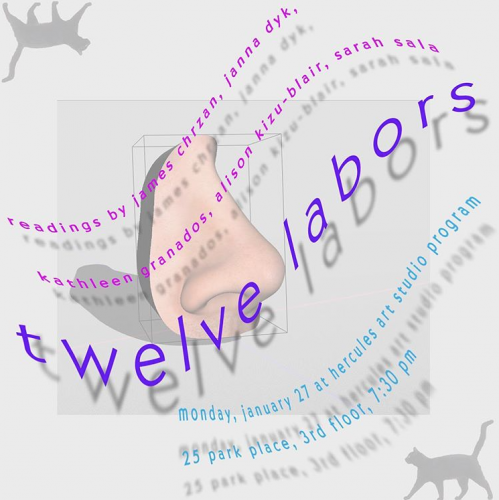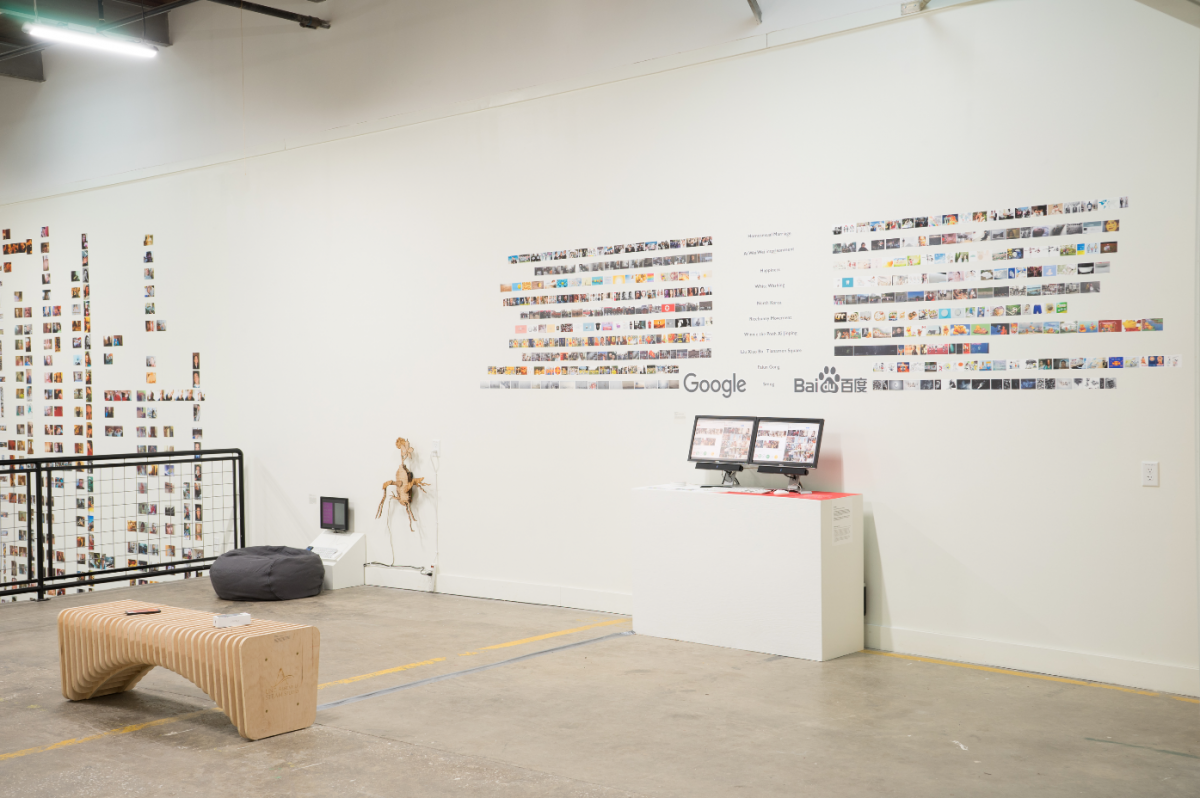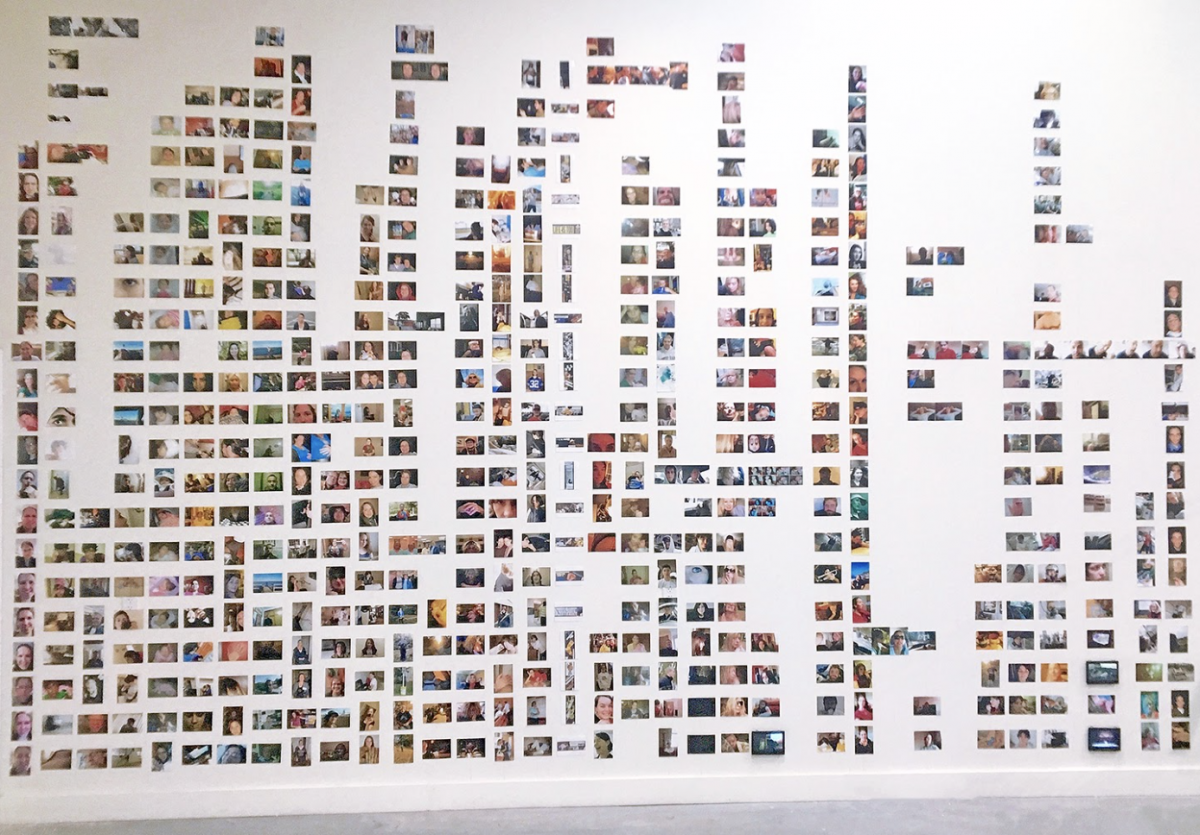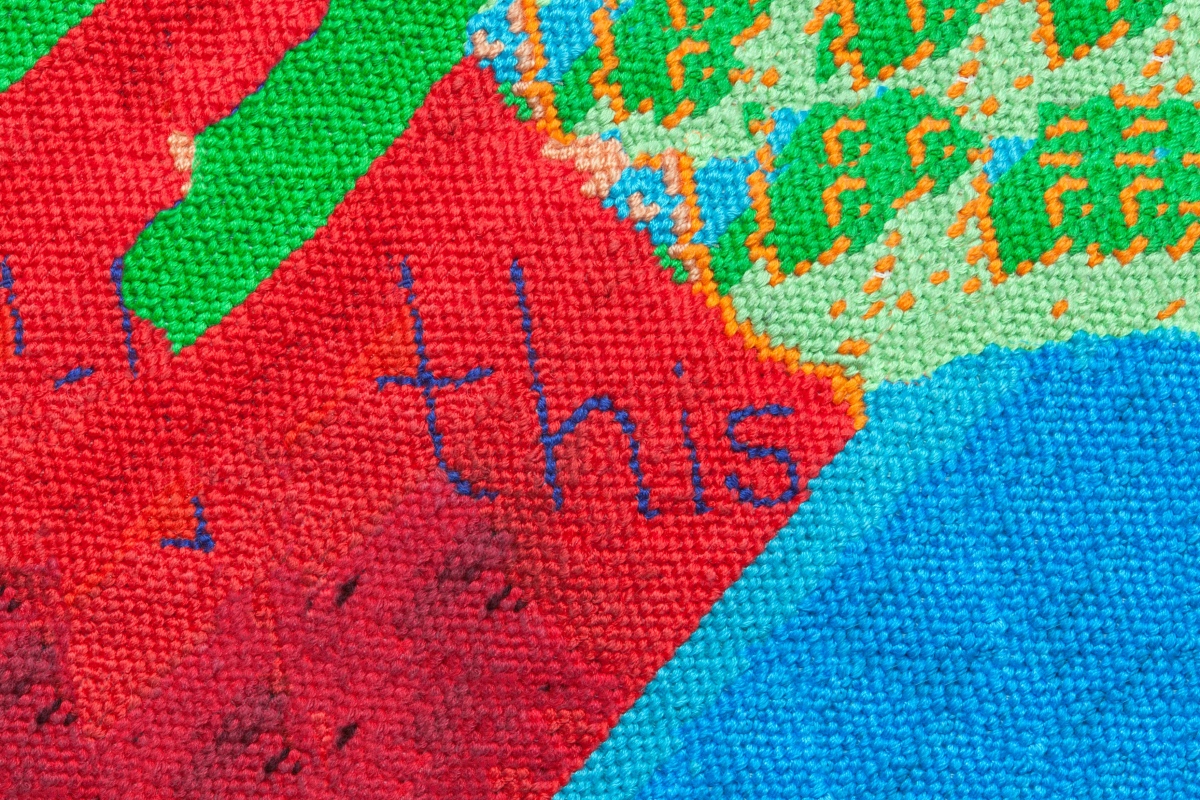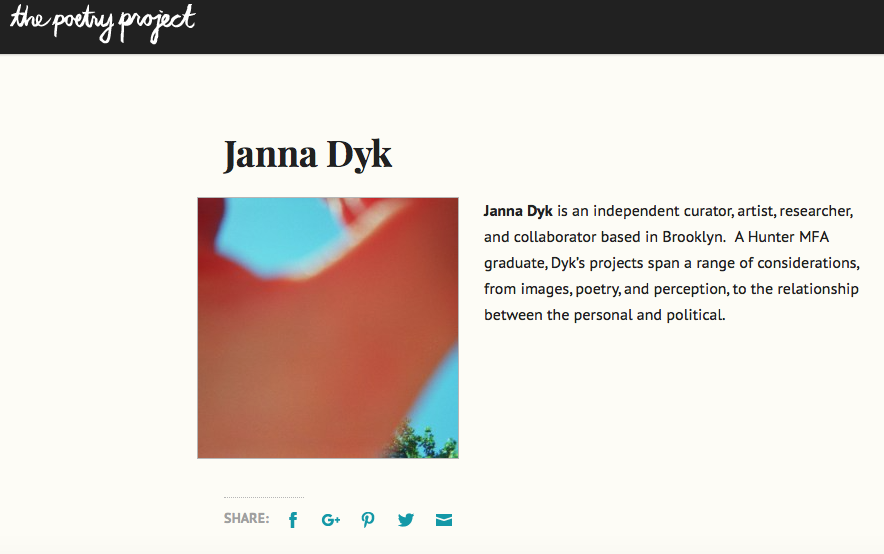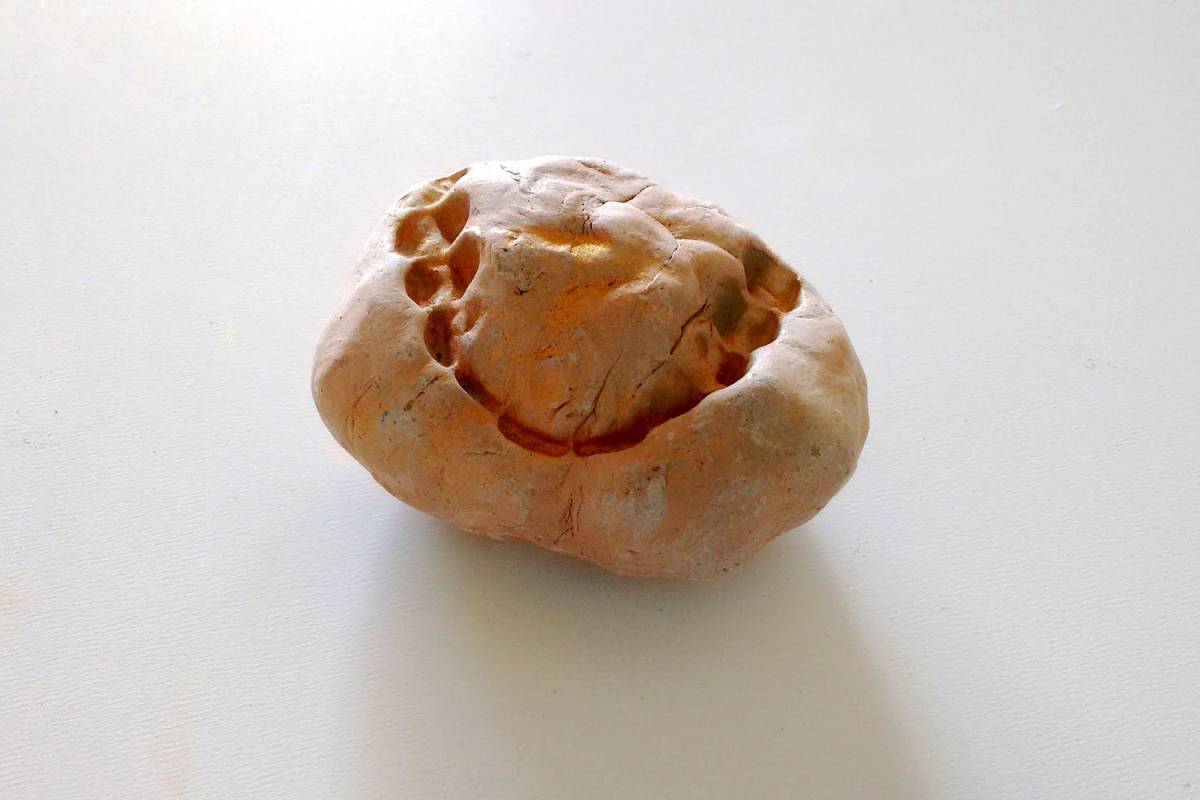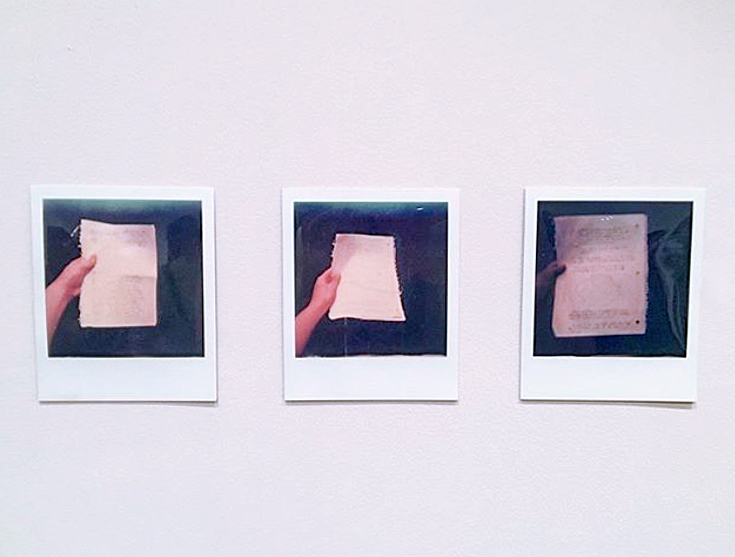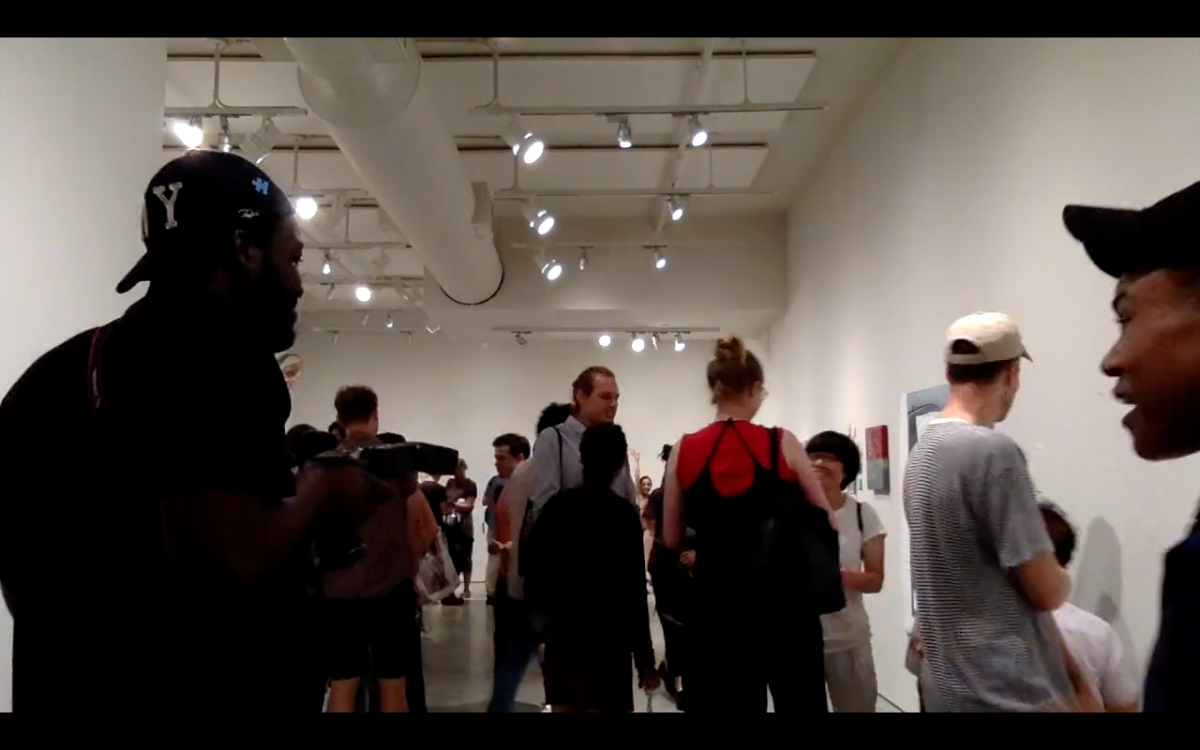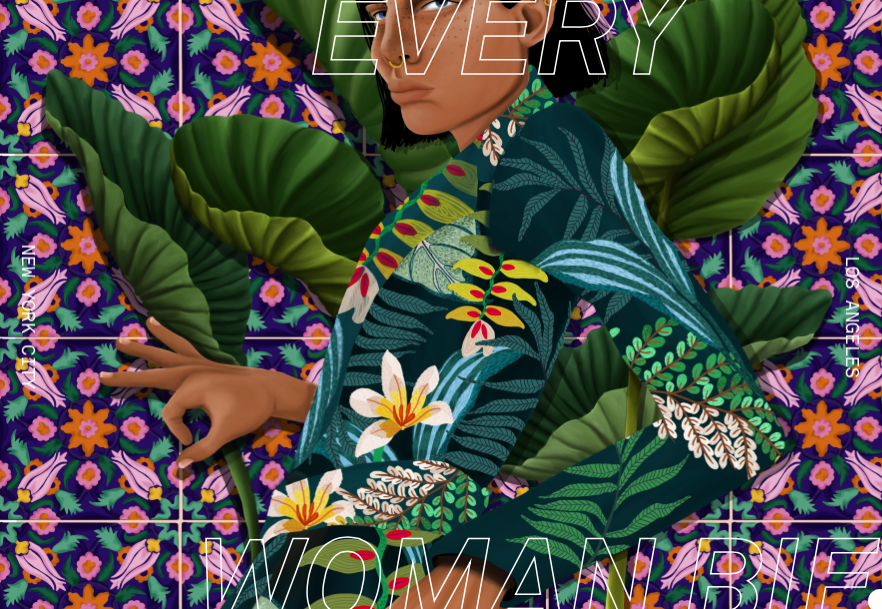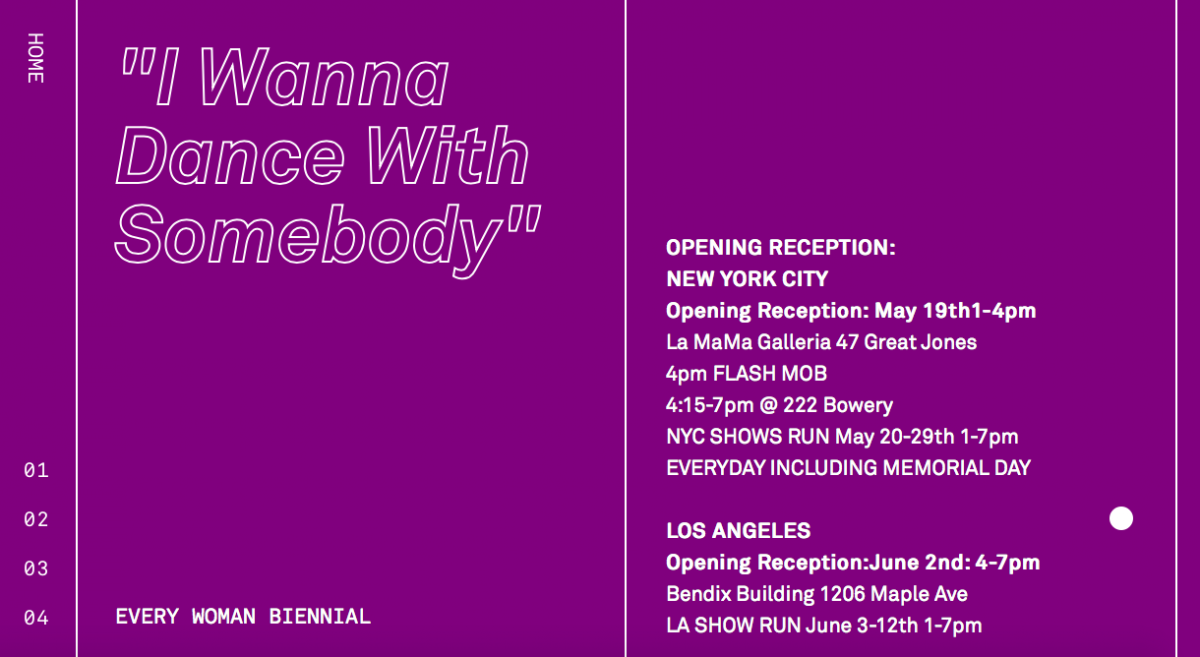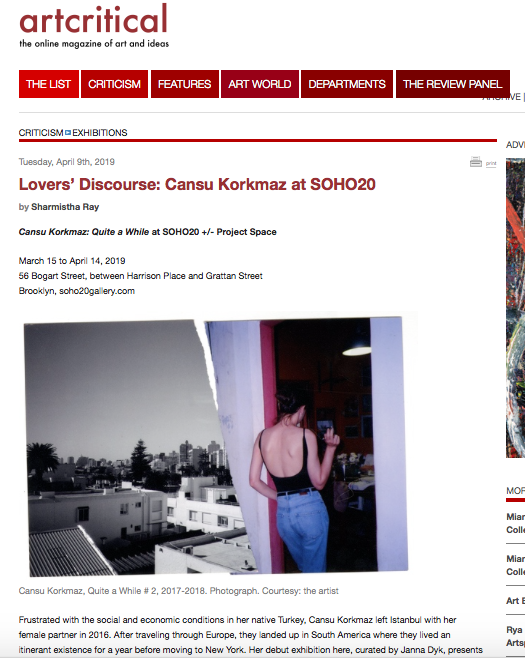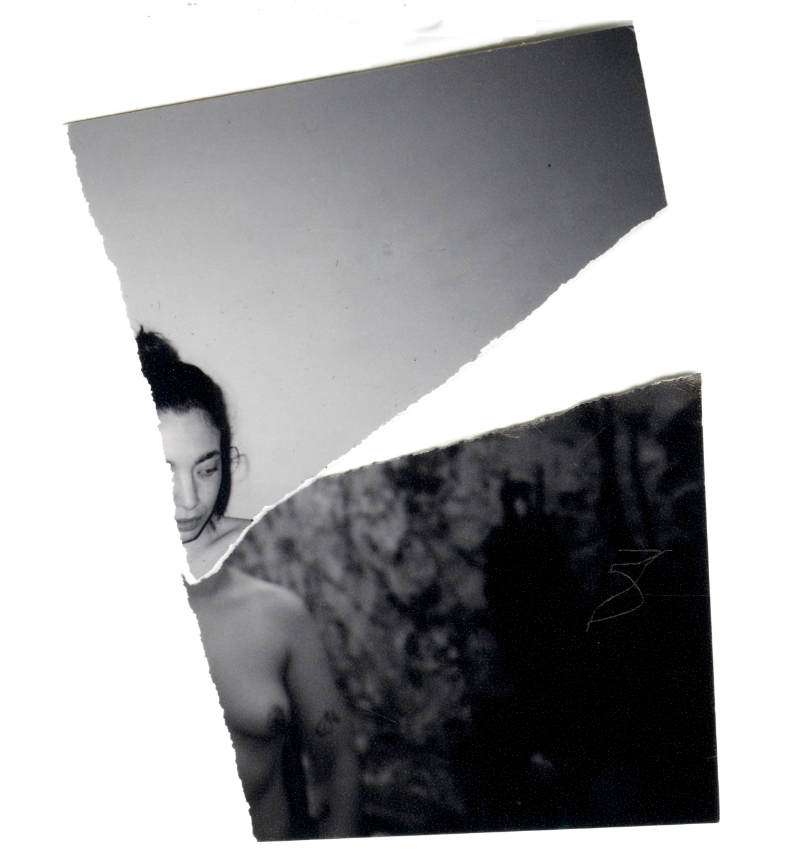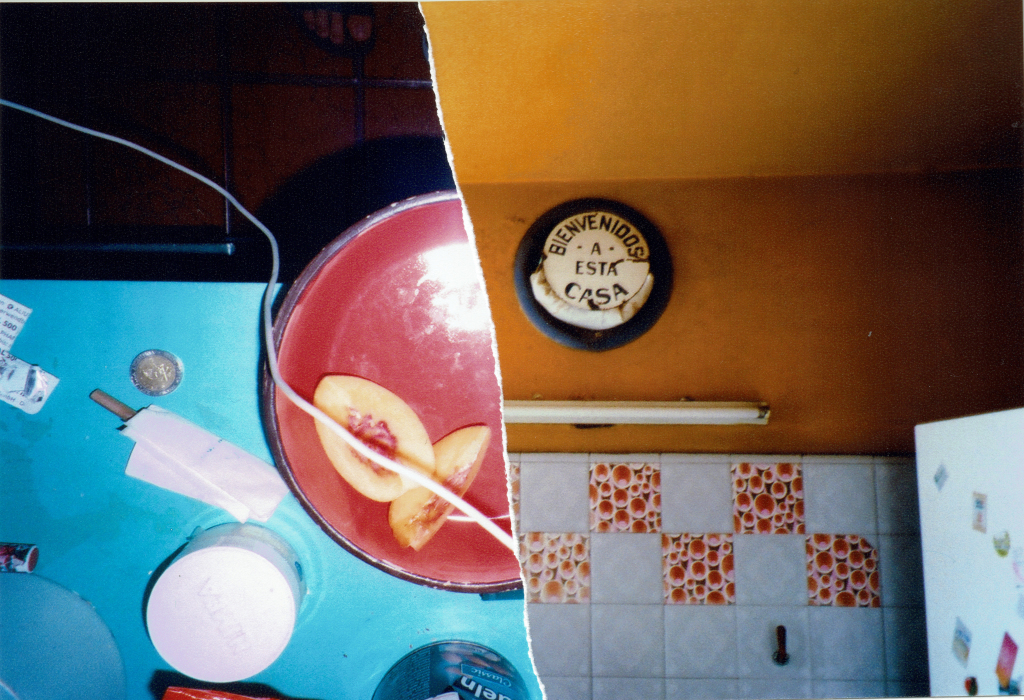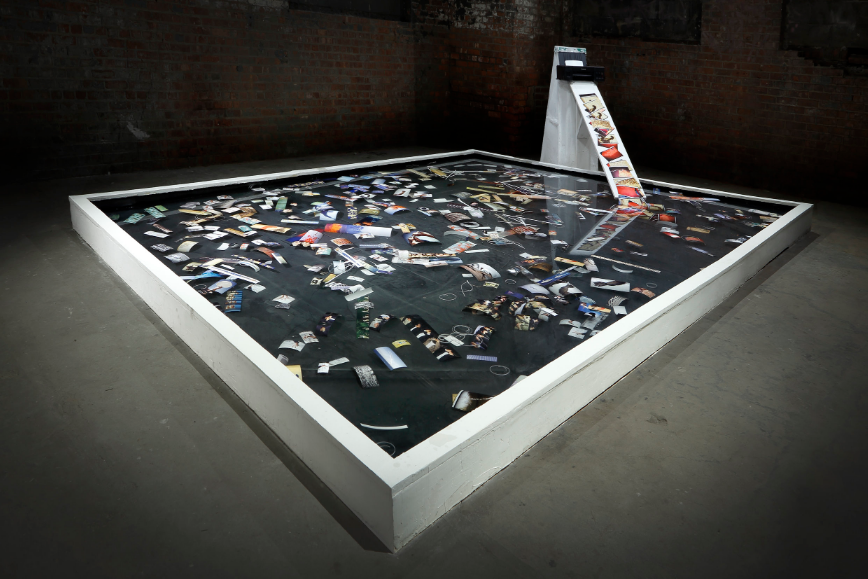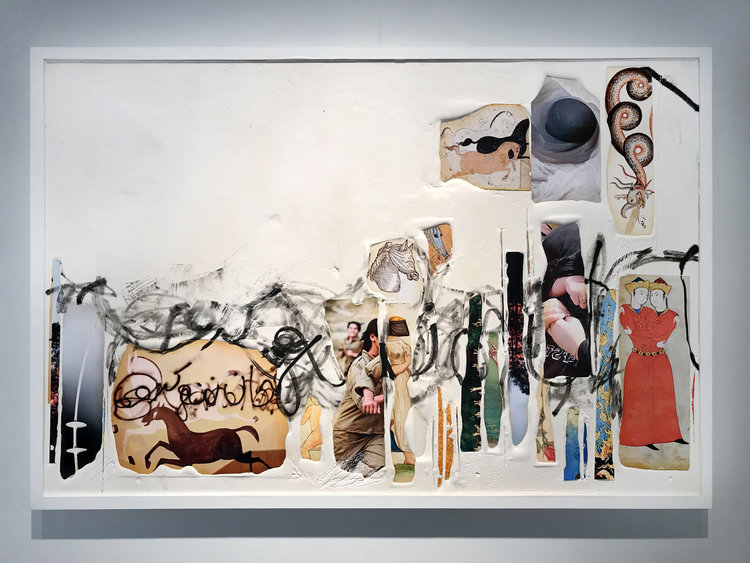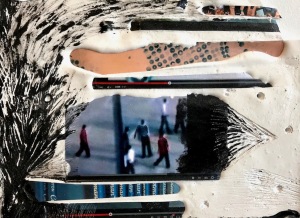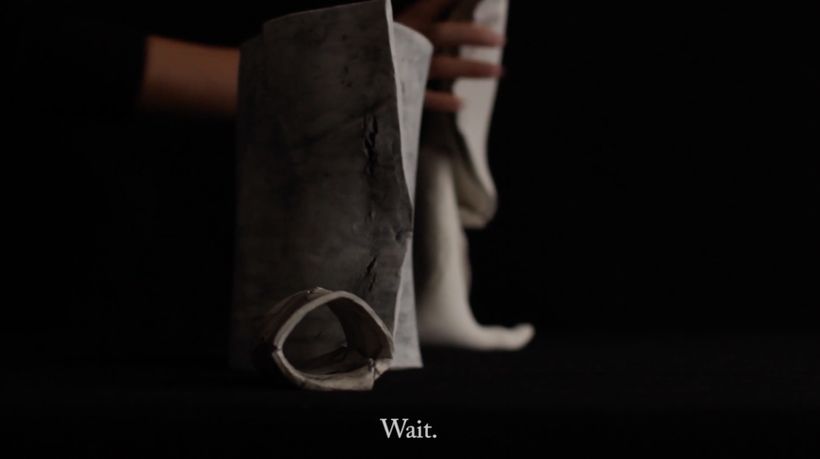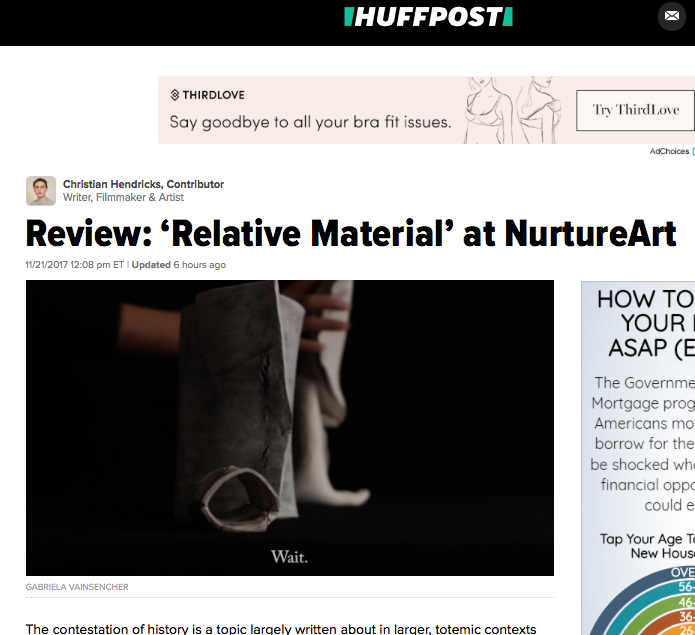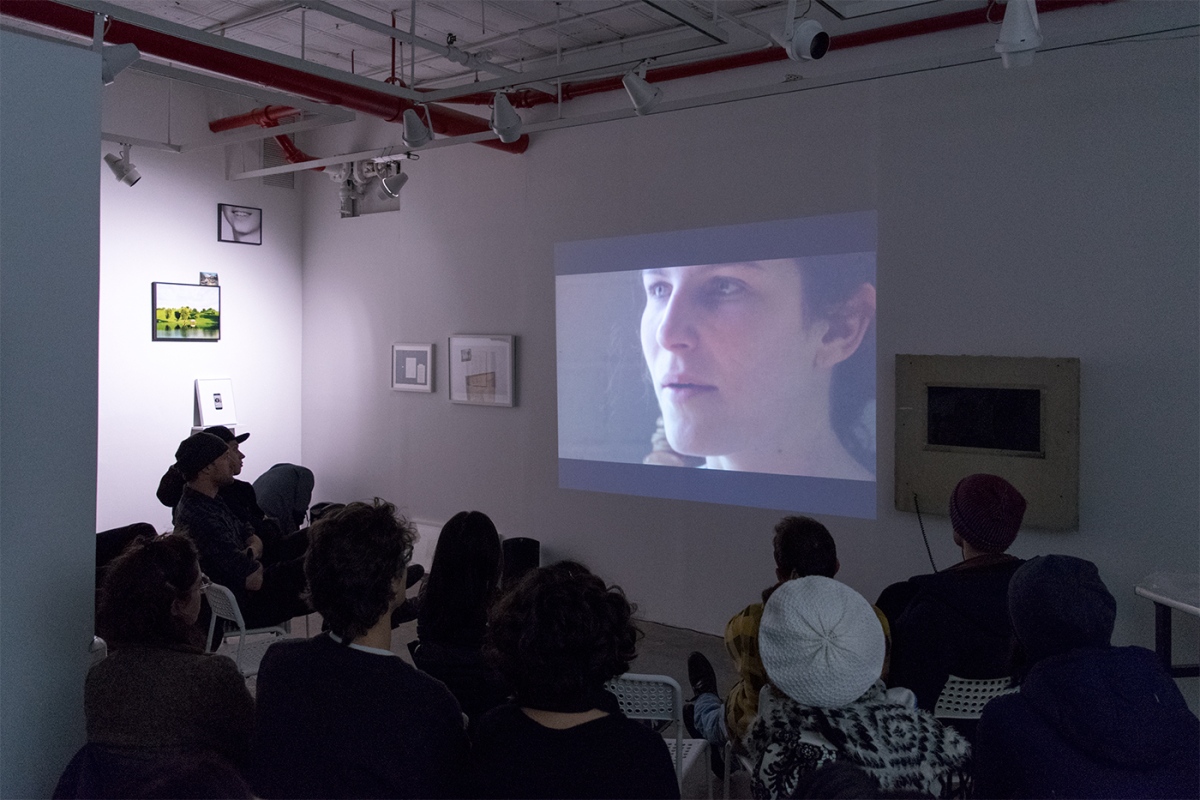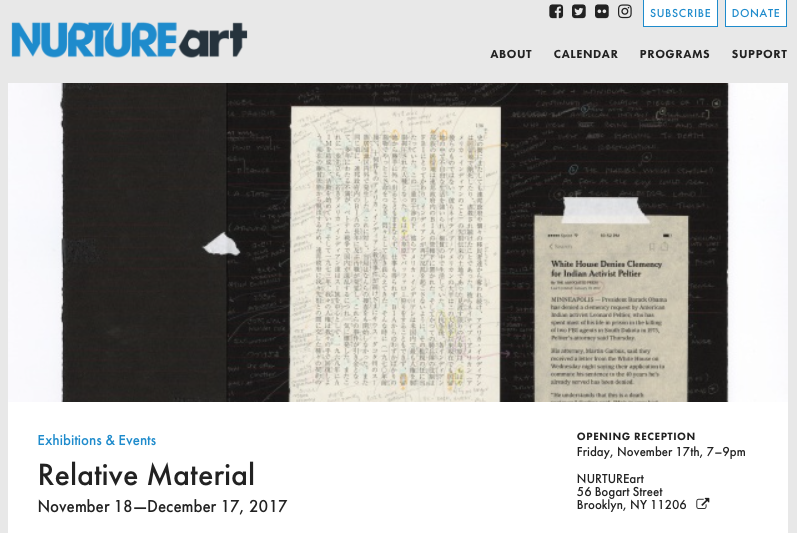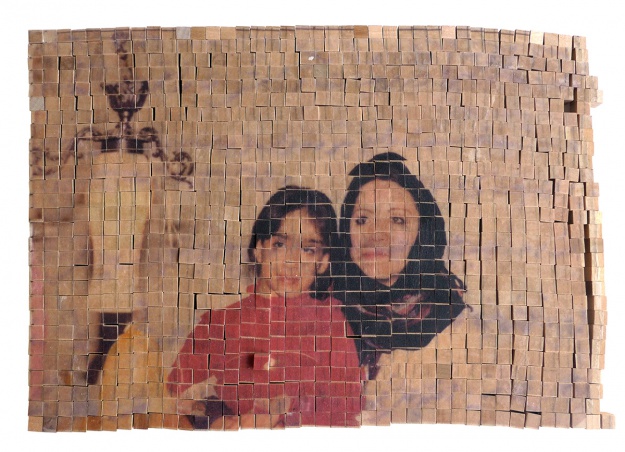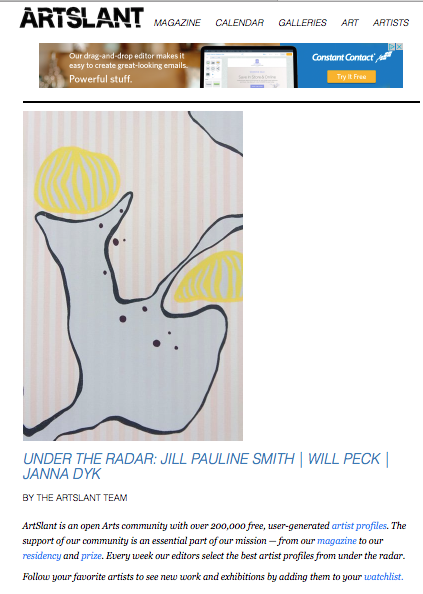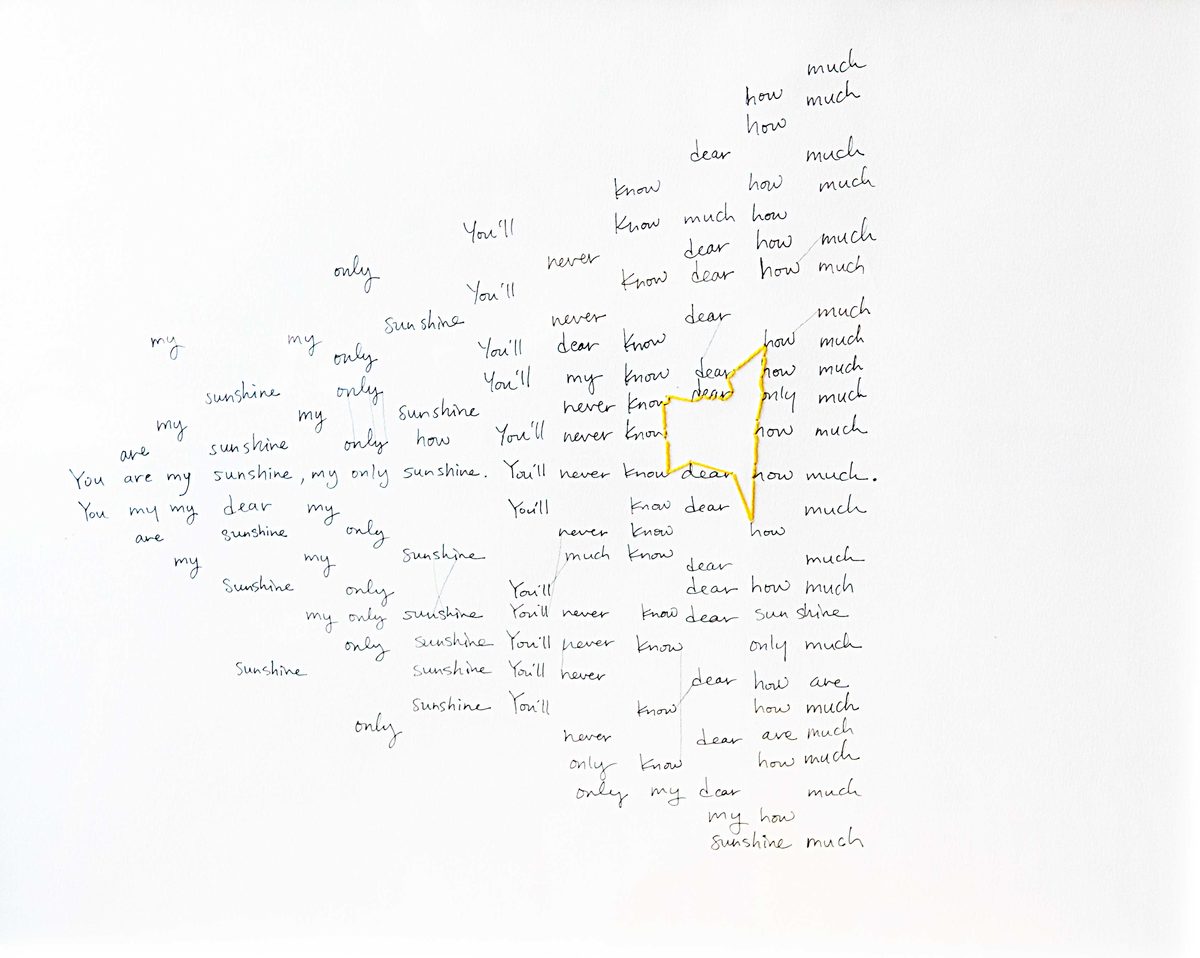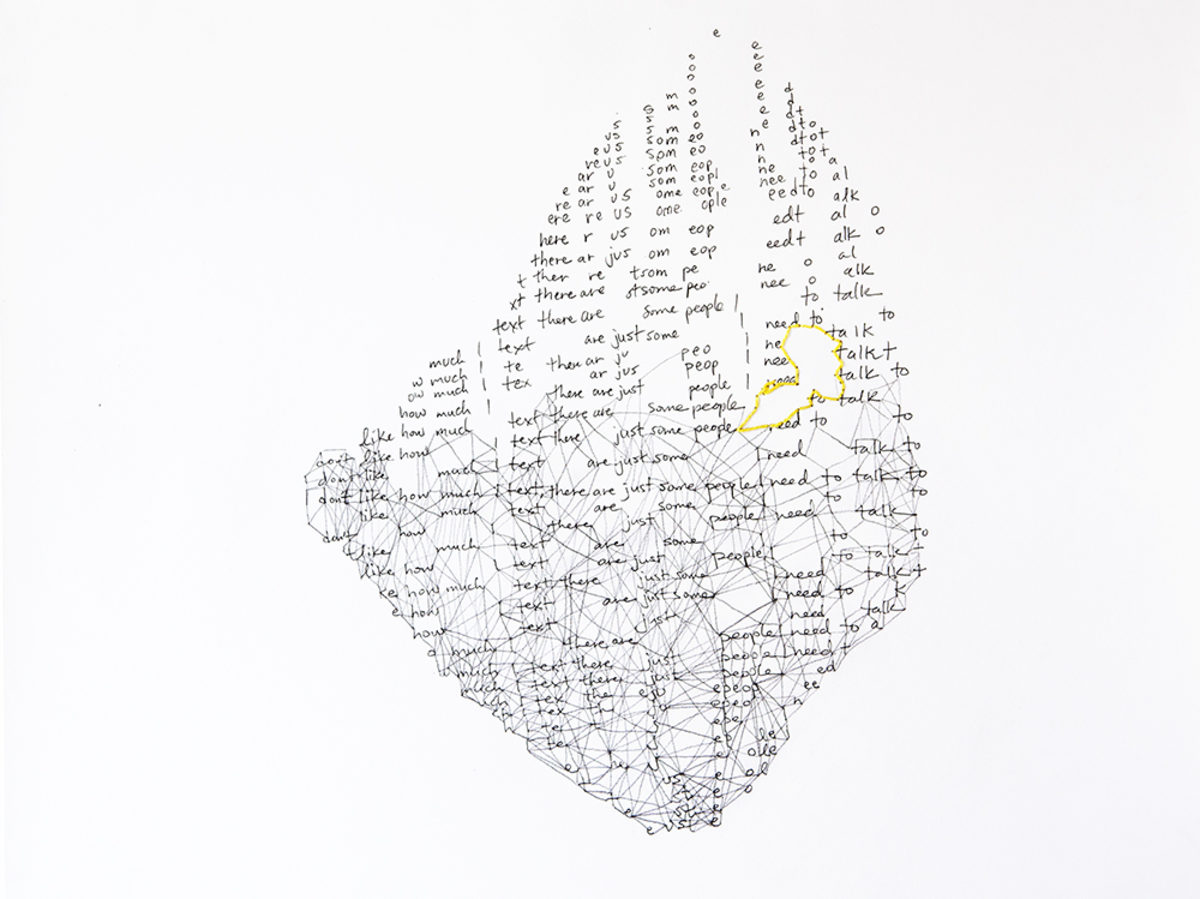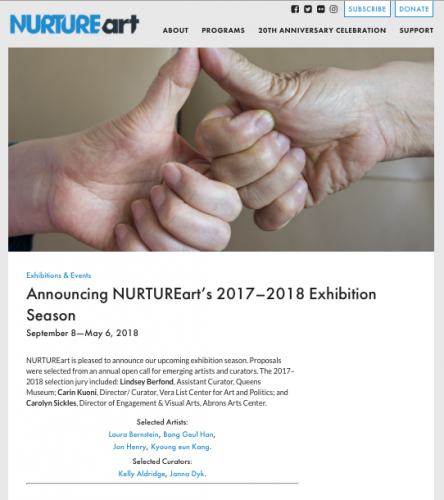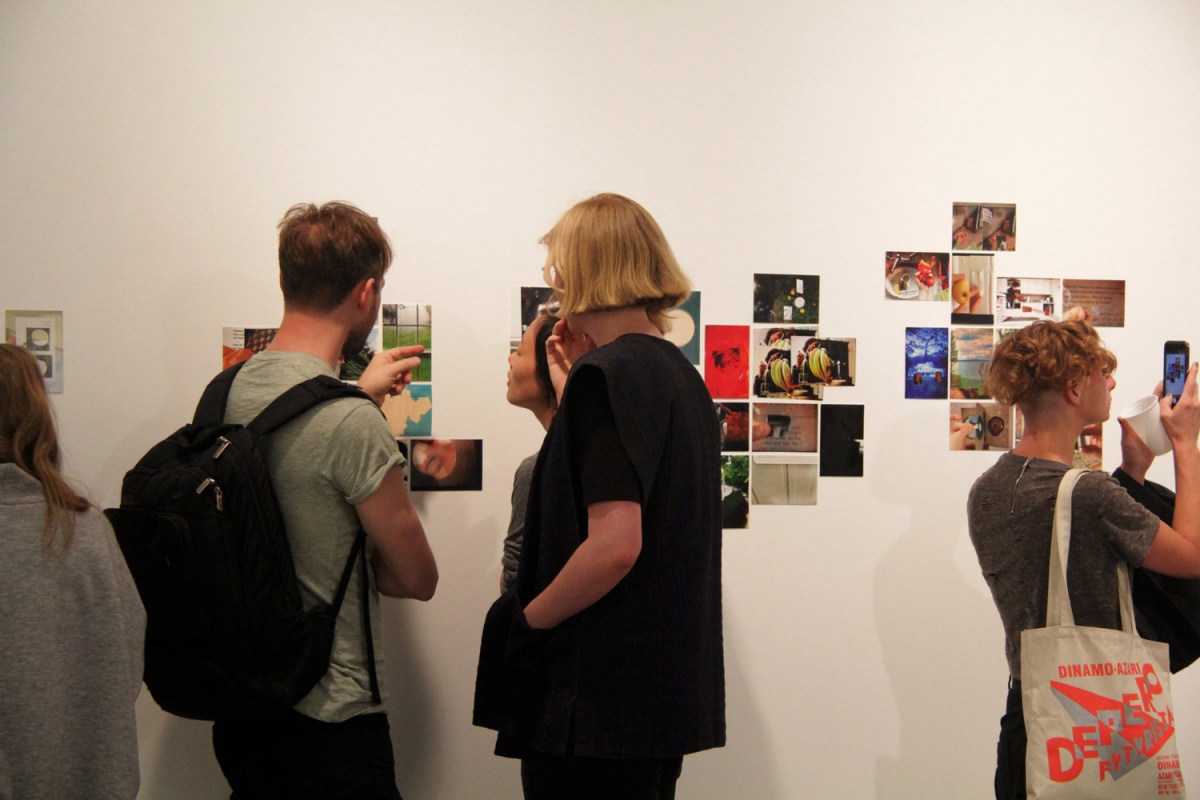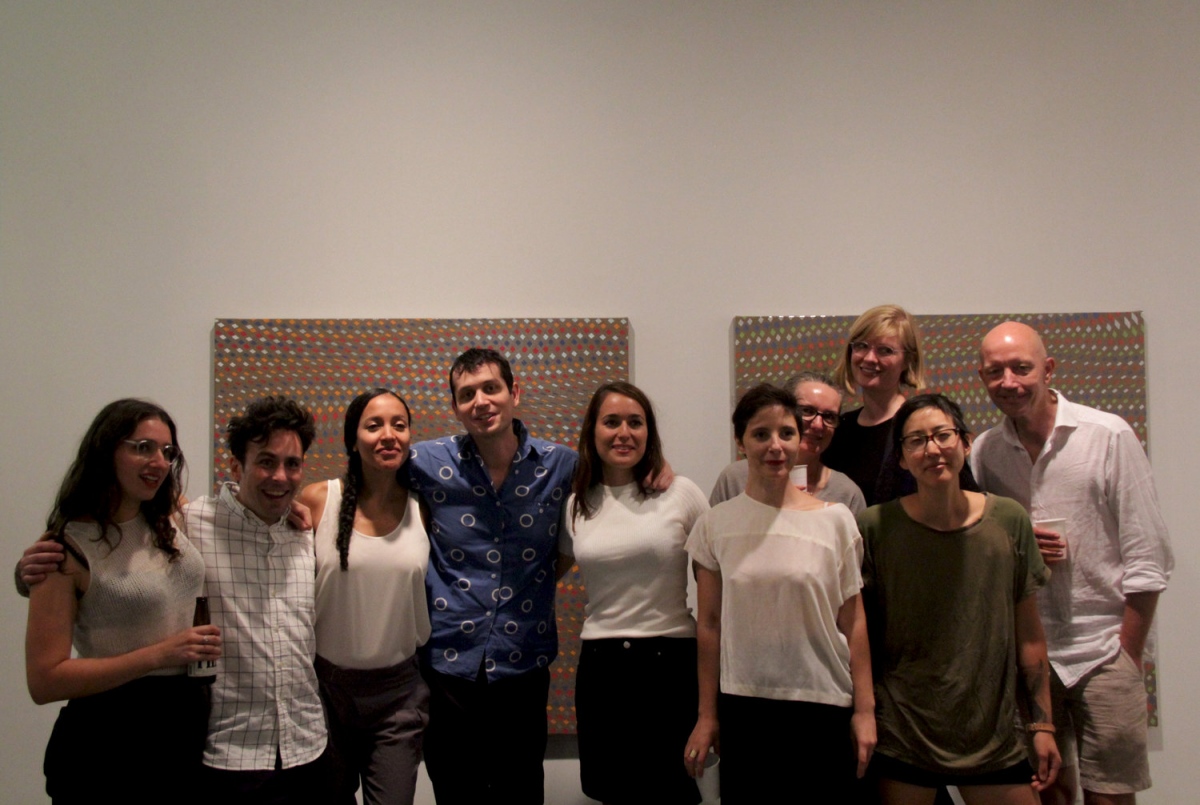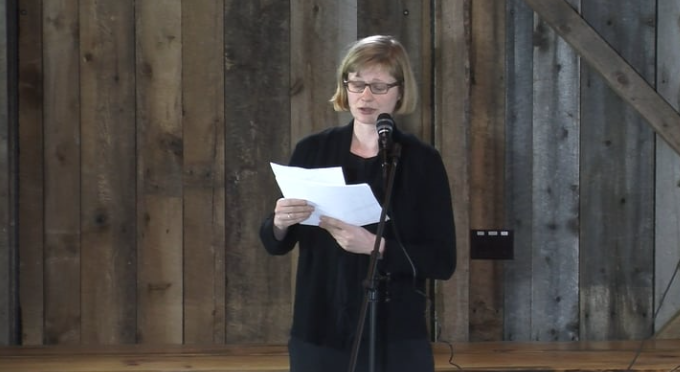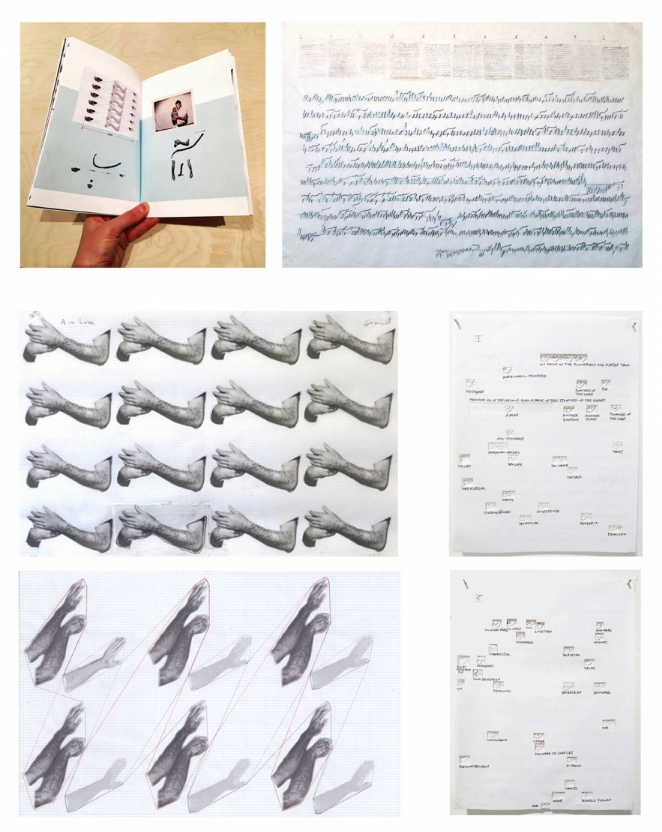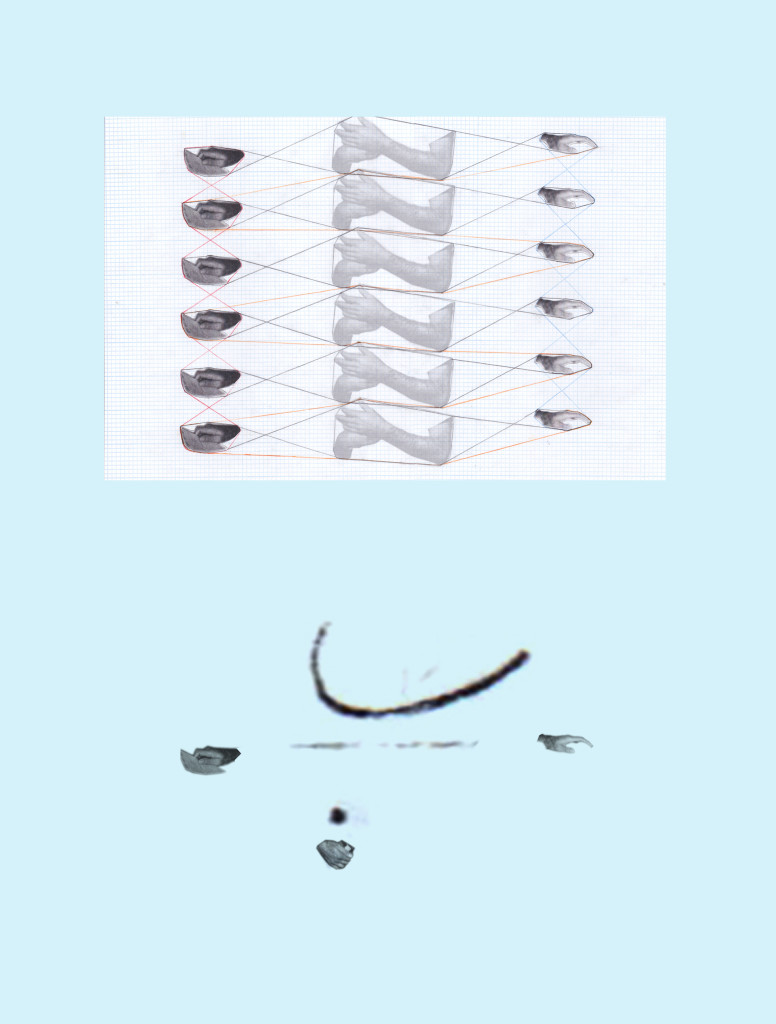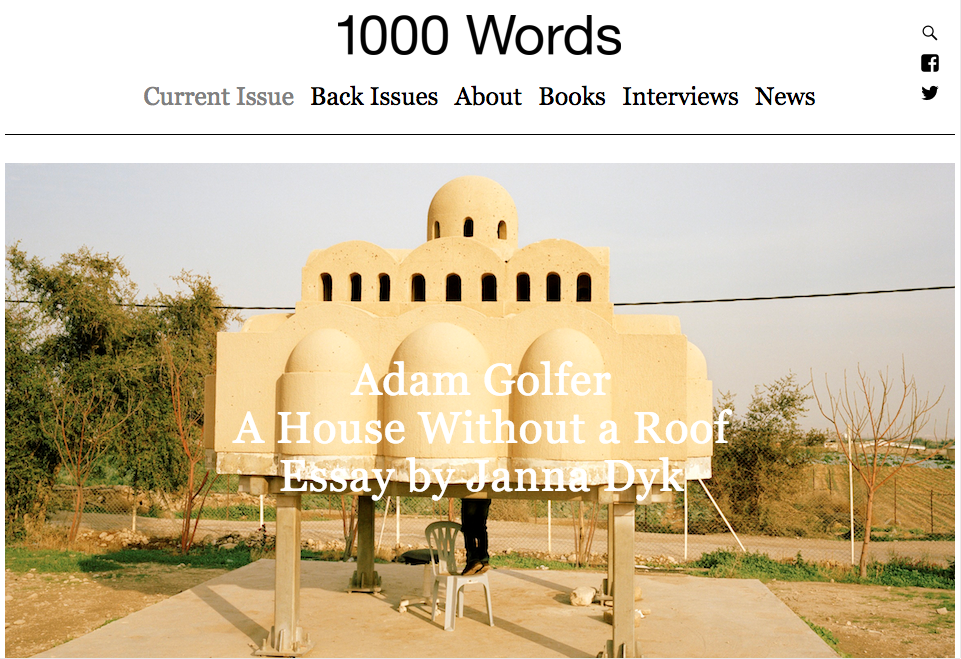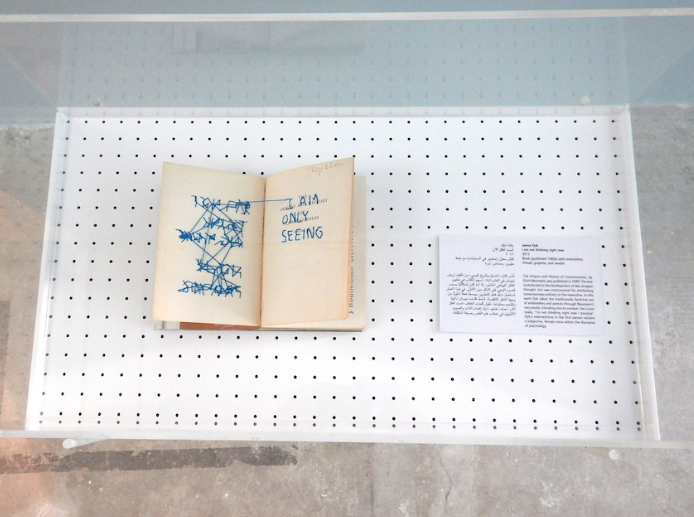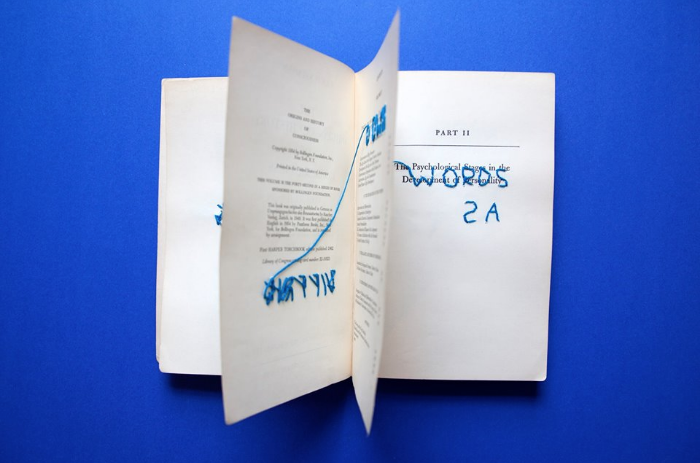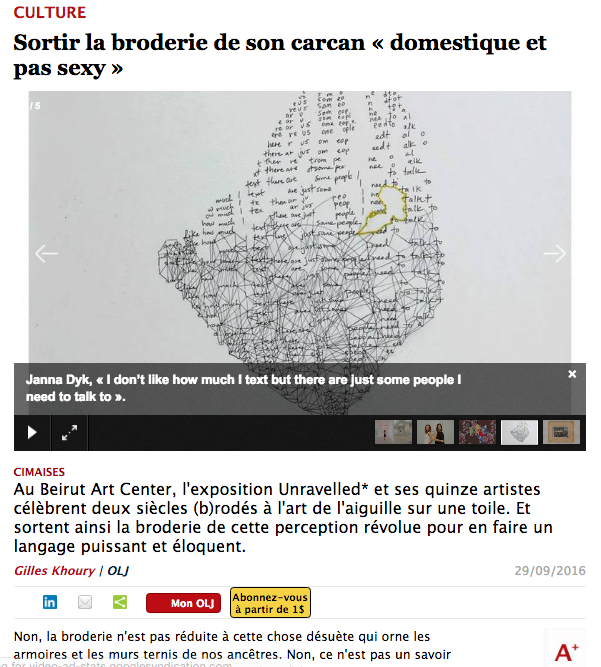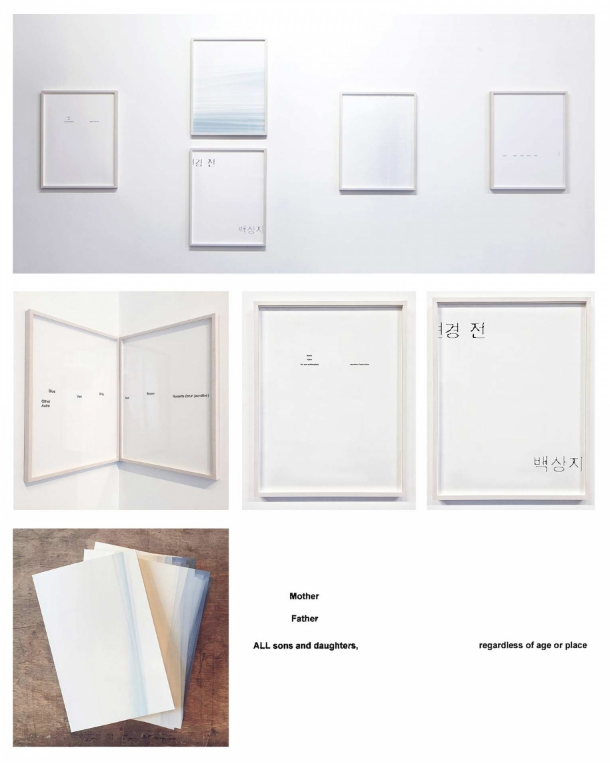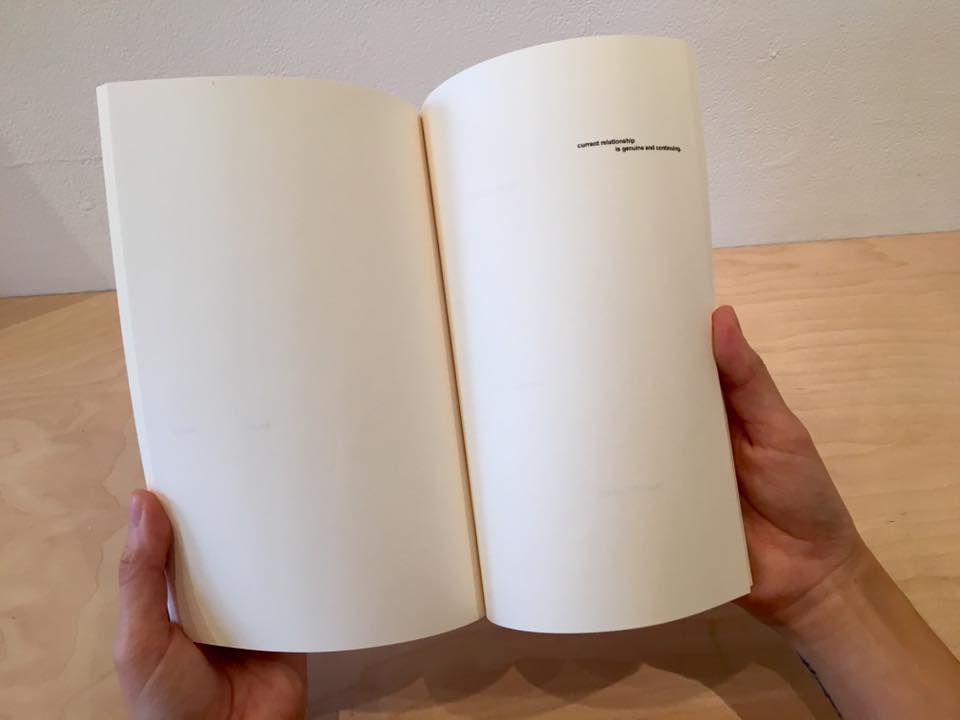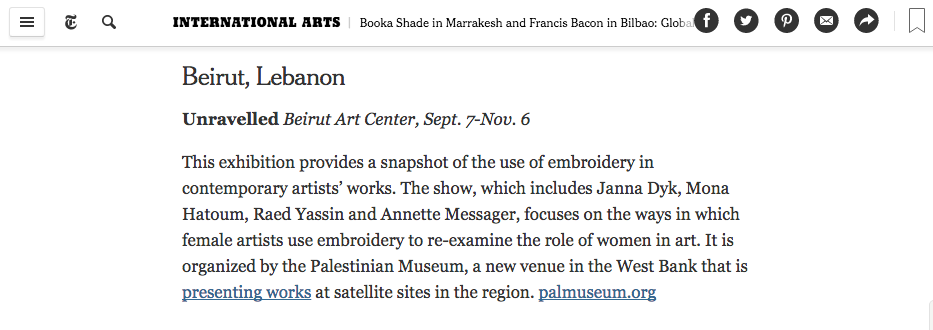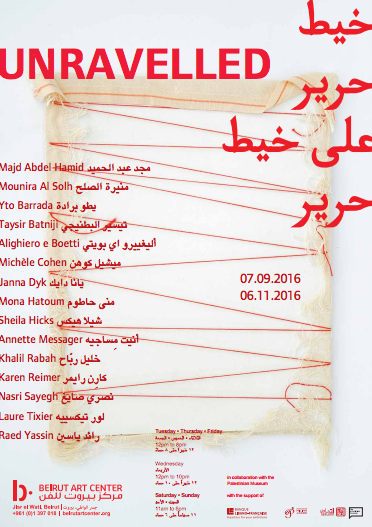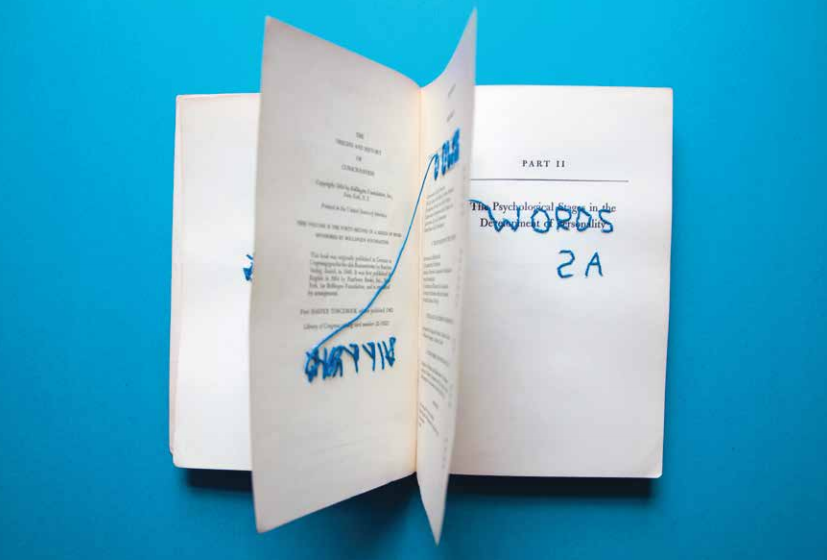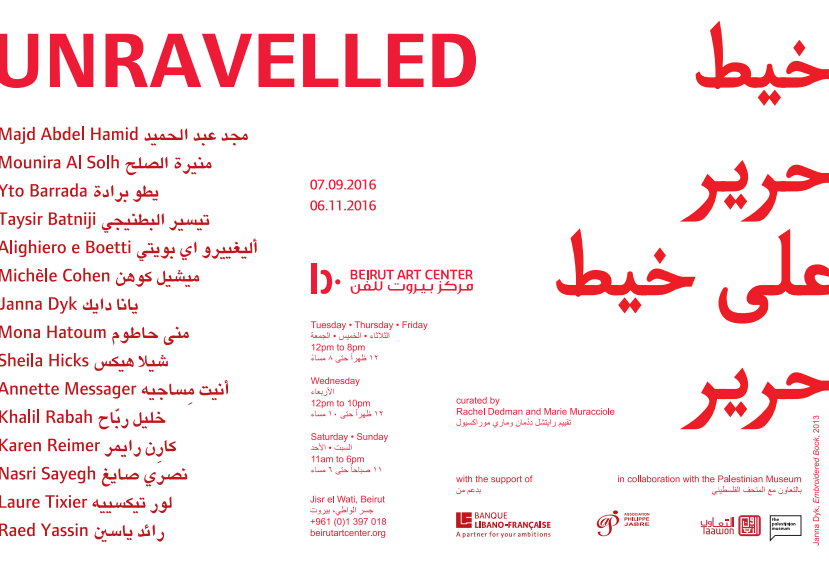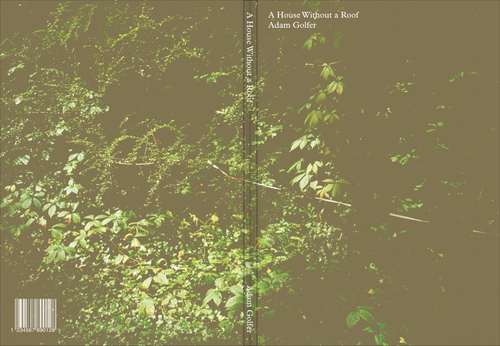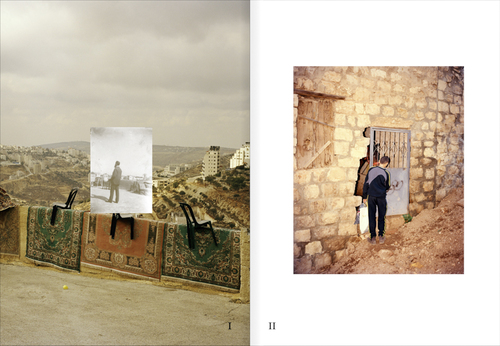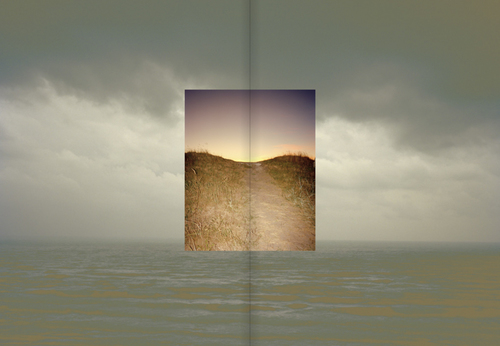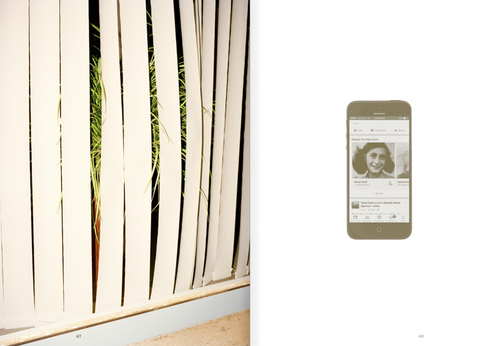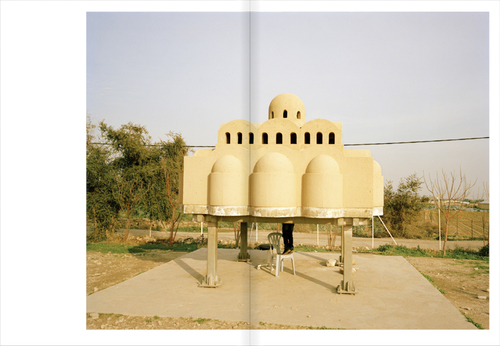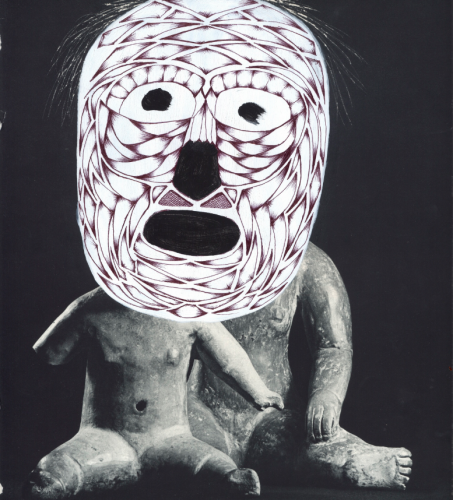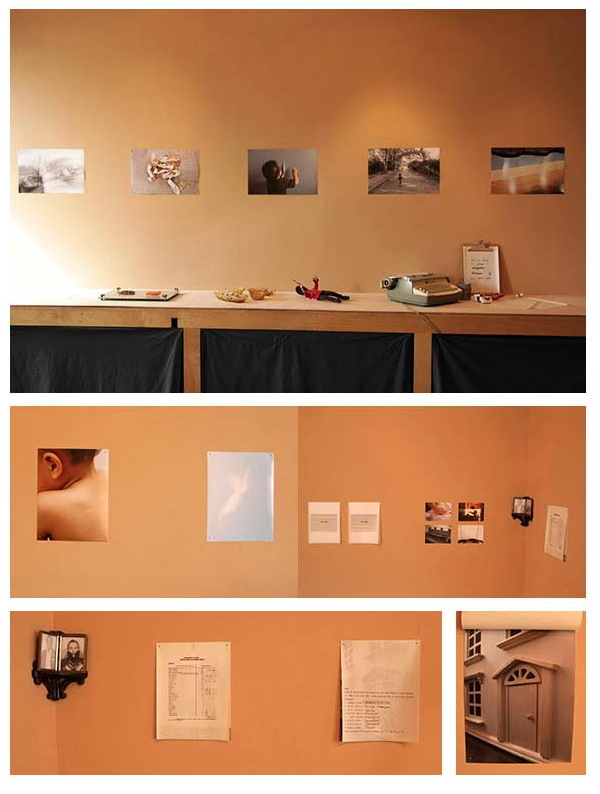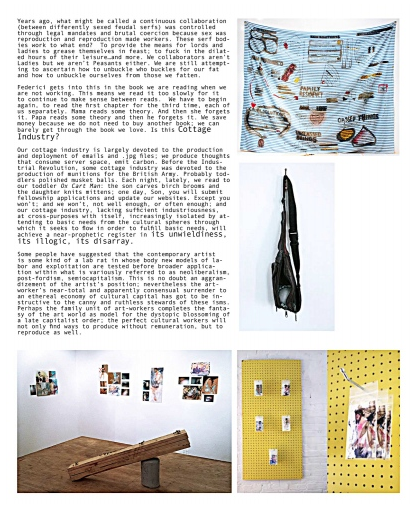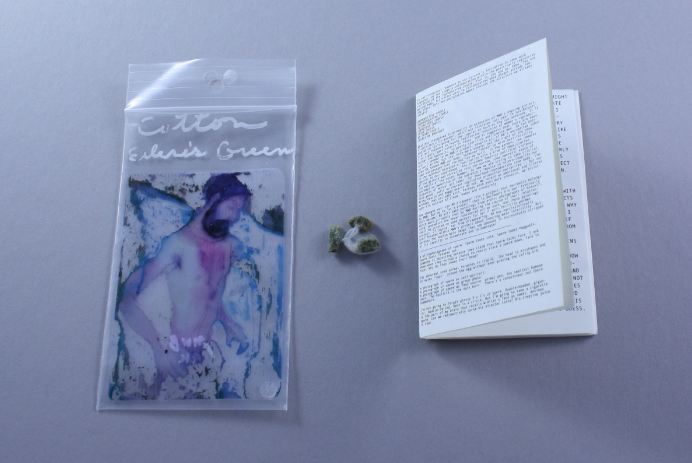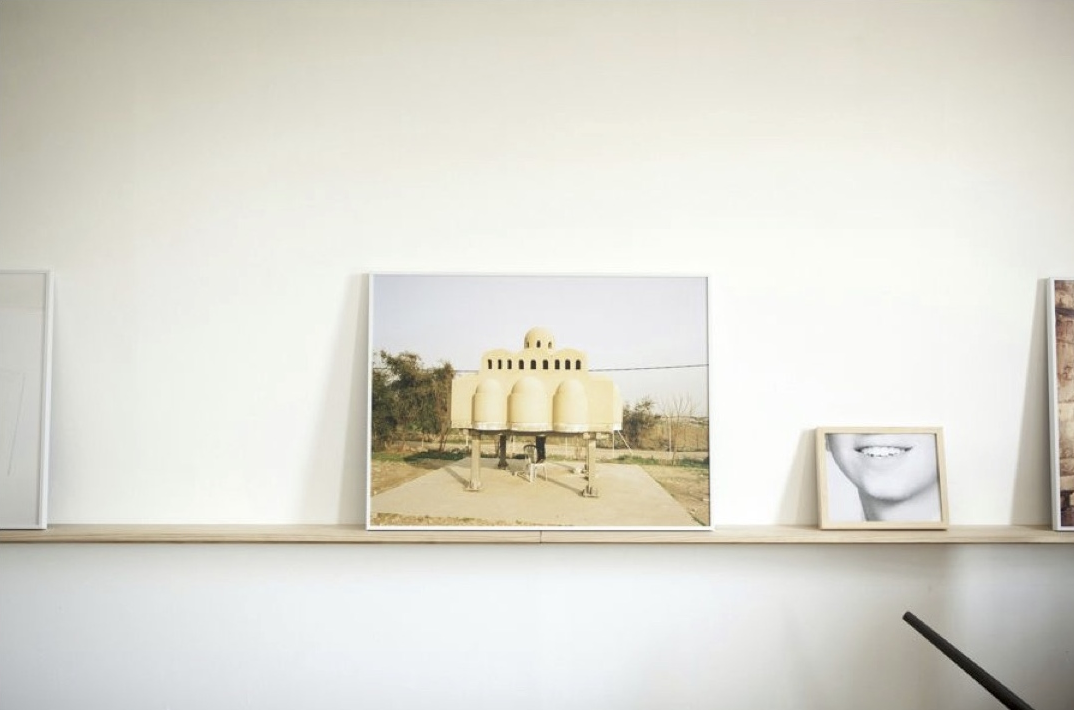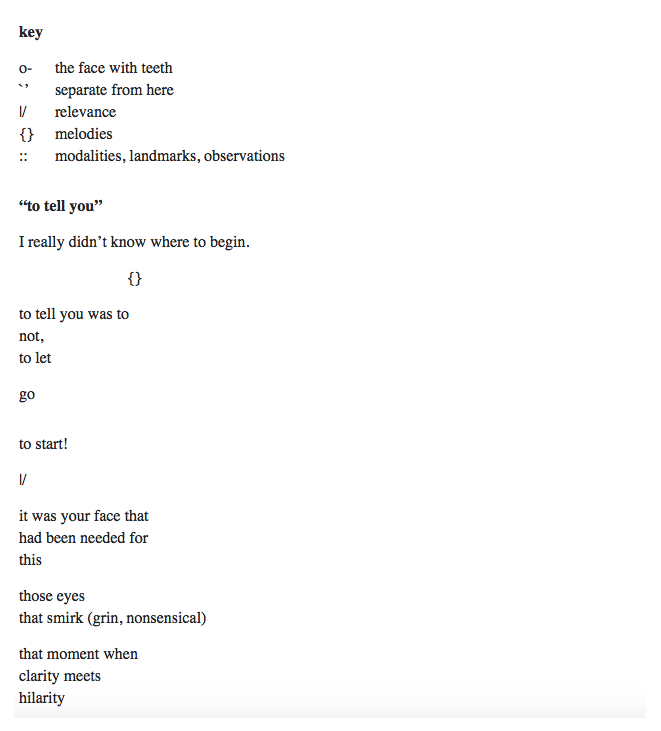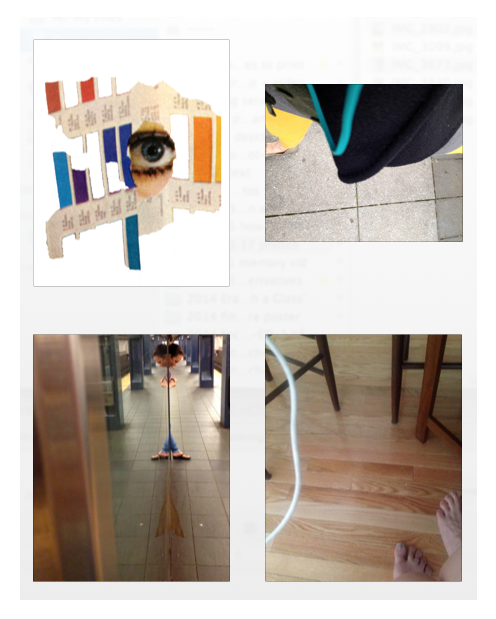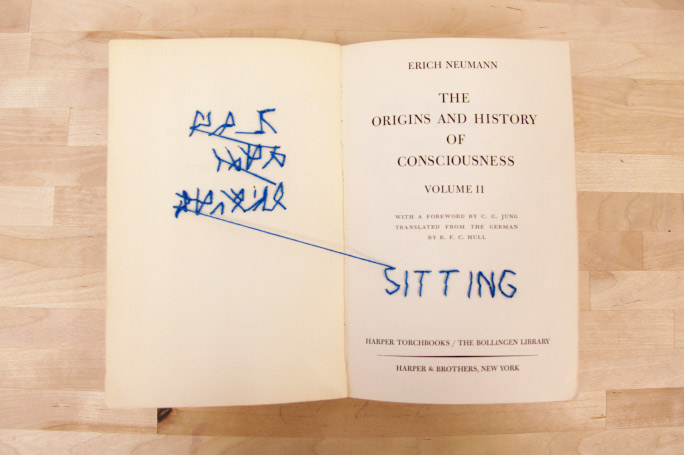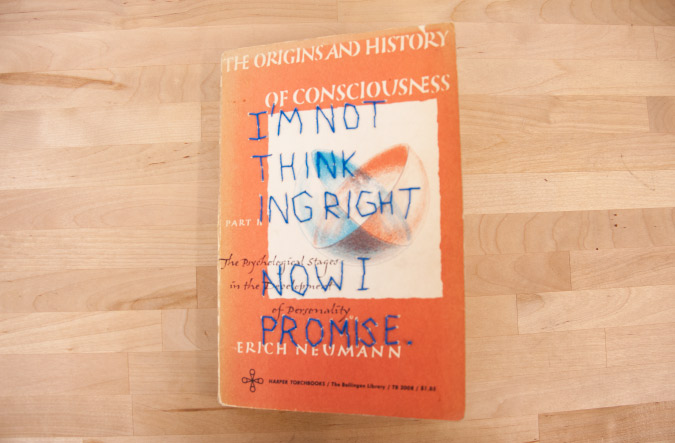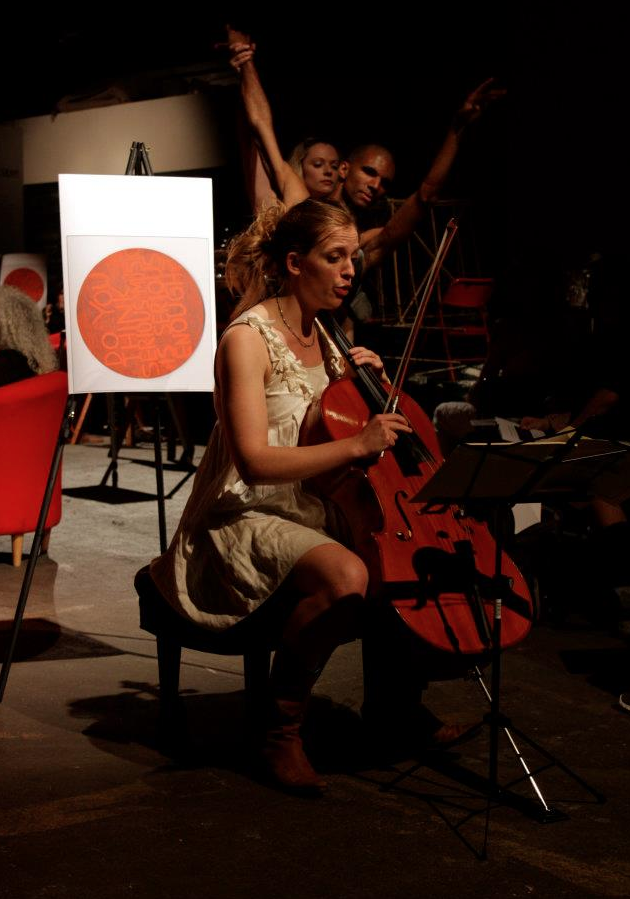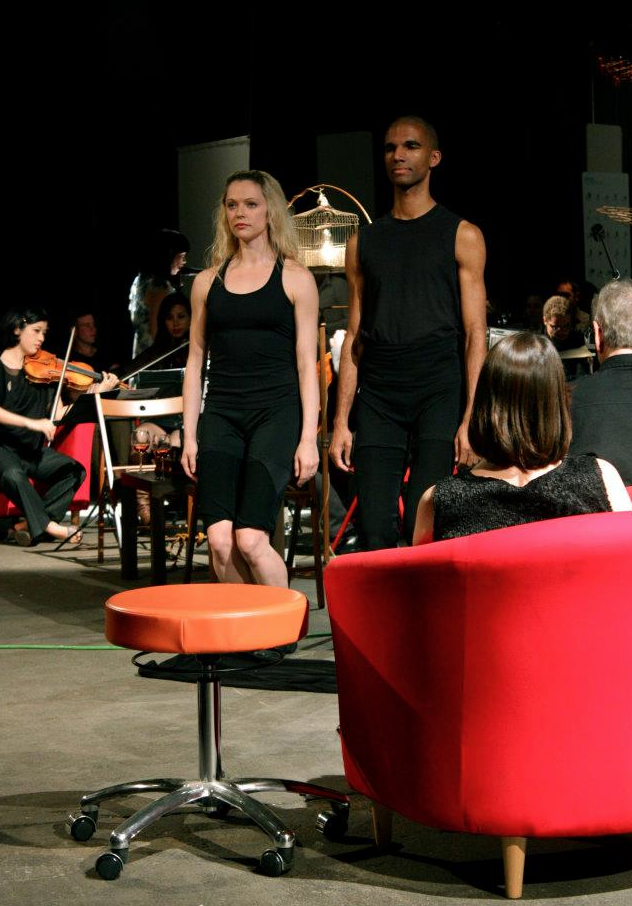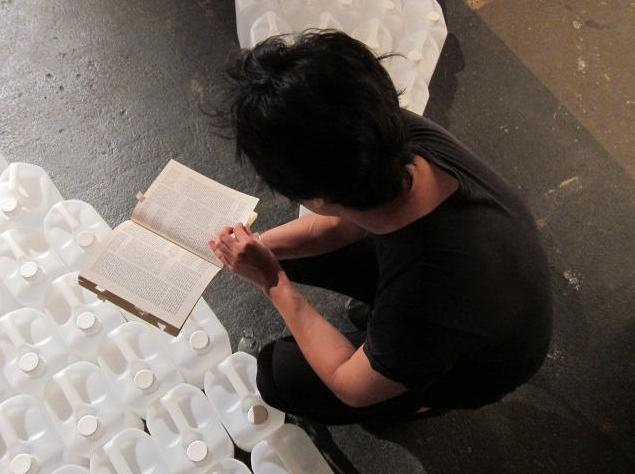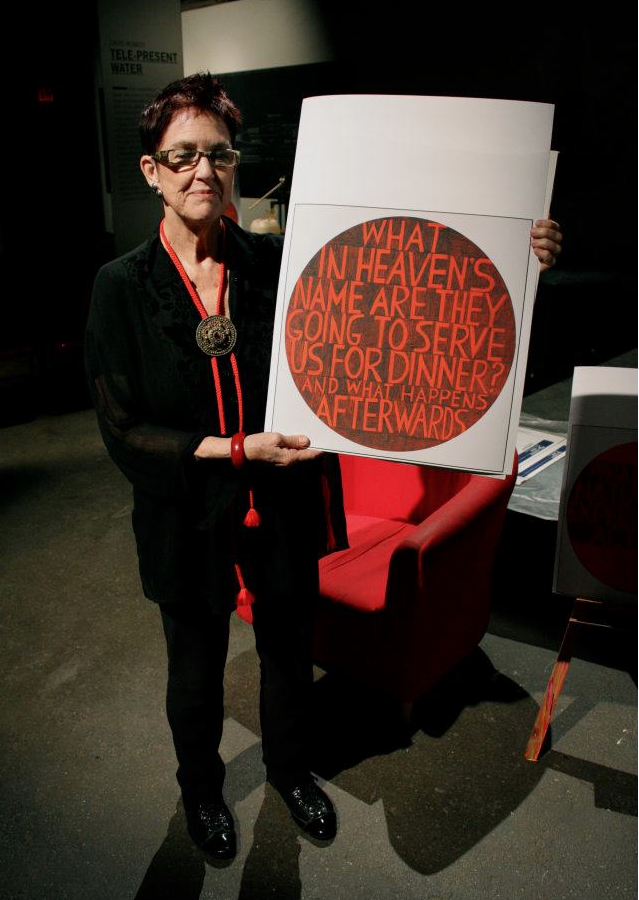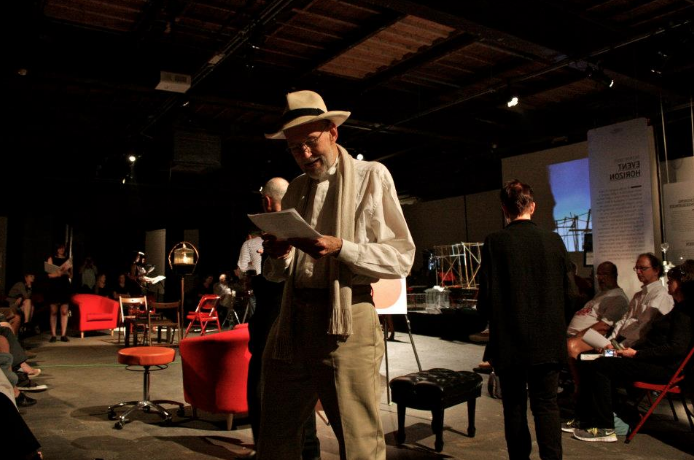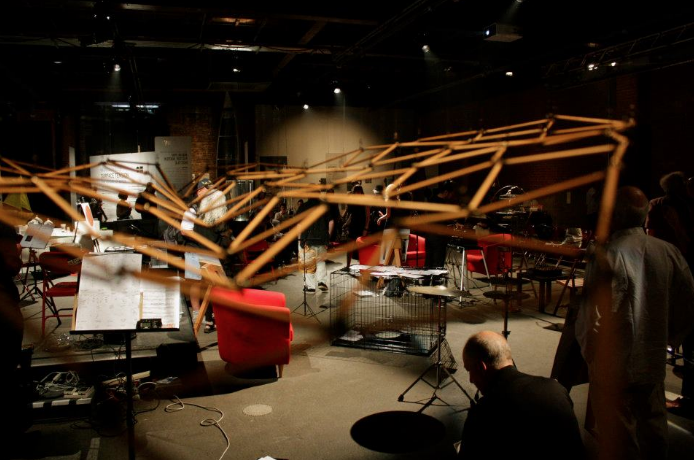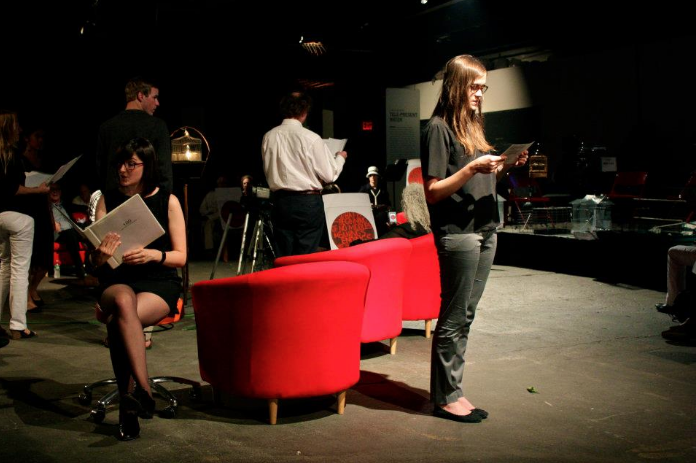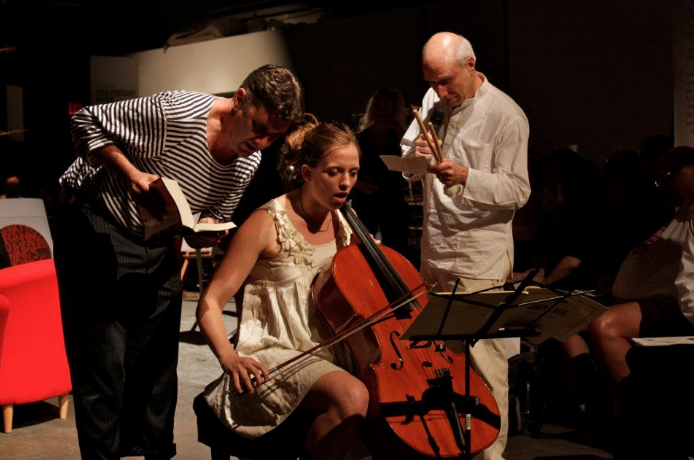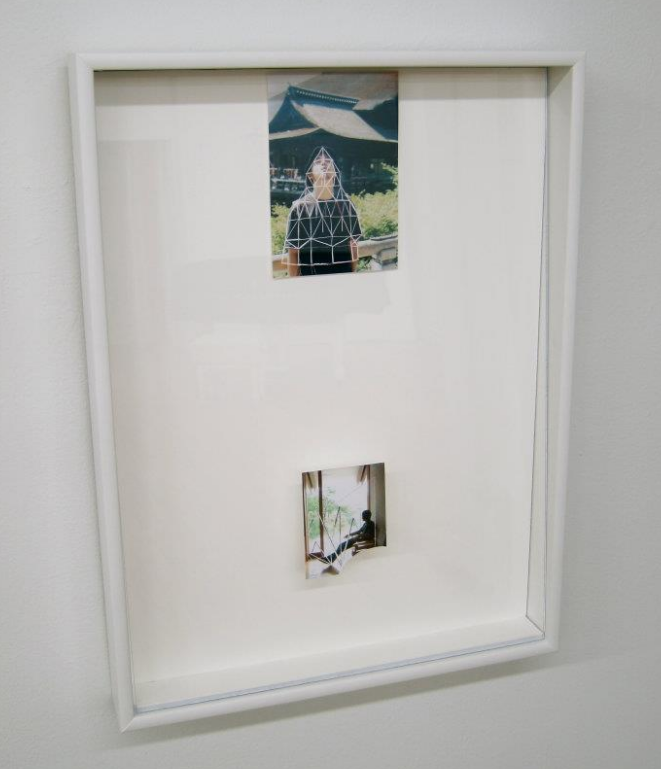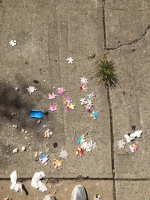Qiana Mestrich: Hard To Place
February 5 - March 15, 2016
Curated by Janna Dyk
Booklyn
Greenpoint, NY
booklyn.org/event/qiana-mestrich-hard-to-place/
Affiliated programming: “Domestic Obscura,” workshop with Liz Sales, Booklyn, Brooklyn, NY, Mar. 12.
Press: Photography Magazine.
Introductory essay by Paula Kupfer.
Hard to Place is Qiana Mestrich’s first body of work focused on someone else’s life, and also the first time she’s taken a man’s history as a subject. But as her husband, this man’s history is intricately bound up with her own, and thus represents an important continuation of Mestrich’s explorations of family and ancestry. Conceived both as a book and as a collection of photographs, texts, and objects, Hard to Place traces the journey of Joseph, a mixed-race foster child growing up in London in the 1960s and 1970s. Born to a married Nigerian father and a single Irish woman who was deemed mentally unstable, Joseph, like many other mixed-race children, was categorized as a “half-cast(e)” and described as “hard to place.”
Mestrich learned of this in 2013, when Joseph received photocopied documents from the London Borough of Camden that chronicled his itinerant childhood years. Before receiving these files, Joseph’s story included large gaps—the absence of a family, for one, but also the lack of a personal history during the years that he was “in care.” This resonated with Mestrich, as she, too, had experienced a complicated family situation, identifying as mixed-race and having been raised by a single mother who immigrated to a big city. She had read about, and become interested in similar cases in 1960s and ’70s London even before Joseph received the files. “Back then, many young, unwed women were forced to give birth in convents and give their mixed-race babies up for adoption,” she says. “Just the act of exiling women to give birth in secret is evidence enough of this denial and erasure.”
The body of work that’s resulted from discovering Joseph’s tucked-away childhood story loosely emulates the form of a file or archive: Hard To Place includes vintage photographs of Joseph’s parents and of him as a child, new photographs taken by Mestrich of their son, as well as fragments of the official documents from the Camden file, and single words extricated from their context. The loose elements string together a new narrative, one of a history reclaimed, at least partially, and of care and family unity paid forward to the couple’s son. In the form of a book, Hard to Place records a history heretofore untold, allows for a contextualization of the documents and their vocabulary, while also serving as a family album of sorts. Important to Mestrich is also recognizing the “huge void of books by photographers of color in the photo-book world… For me it’s important to publish my work as a way of sharing and archiving it,” she says.
The different visual elements in Hard to Place convey that it is a difficult and deeply personal story to tell and understand, one that will inevitably have some gaps. The vintage photographs return humanity to Joseph’s parents, particularly to his mother, Maureen, who was described in the documents as having an “unstable Irish temperament,” and being “not very intelligent.” In one picture, she is lying on a bed next to a bright, curtained window, her face relaxed in a seeming state of bliss, revealing youthful elation and innocence. Another shows her standing on a busy street corner, her eyes closed, with one hand loosely holding a white stroller, Joseph sleeping soundly inside. The hat-clad shadow of the man taking the picture is a poignant reminder of the absence of a father figure in Joseph’s early life, while Maureen’s expression—her closed eyes, her forlorn look, her one loose hand—can read as if she’s already partially let go. The humanity of the photographs tempers the coldness of the language in the legal documents, and this is nowhere as true as in Mestrich’s photographs of her son. They contribute to the work her voice as an image-maker and mother, and propose a different narrative for the “half-caste” boy of the text. “We have many photos of Joe as a child but for me it was important to visualize a mixed-race body without any personal identity, which is why you don’t ever see my son’s face,” she says. In the exhibition, the documents and photographs are complemented by some of Joseph’s mother’s personal objects, further coloring her as a character, and countering “the dominant, fictitious narrative(s) of the orphan child as someone who comes from nothing and no one.”
With Hard to Place, Mestrich has peeled back the layers of Joseph’s early history, opening up the ways we can read and understand a person’s trajectory and forcing a sharp look at the outcome of xenophobia and racism. Despite the London setting of this particular narrative, it stands in for countless other stories in other cities that may remain untold. But Mestrich is careful to avoid a sentimental eye: “Nostalgia and photography are inextricably linked,” she recognizes, “but to me this work is not sentimental because it is not dishonest and does not try to romanticize what happened.” Despite the stark reality it showcases, Mestrich is convinced that with Hard to Place “there are other emotions that the viewer can experience … like humor, bliss, happiness, and uncertainty.” In addition to unveiling a hidden narrative, and prompting questions about the inseparable links between race, ancestry, and culture, Mestrich adds new layers to Joseph’s story: she contradicts the notion that denied histories are self-perpetuating, and makes a case for taking control of one’s own.
This exhibition is made possible in part by the New York State Council on the Arts with the support of Governor Andrew Cuomo, and the New York State Legislature and additionally, in part, by funds from the New York City Department of Cultural Affairs, in partnership with the City Council.
Bio
Qiana Mestrich is a photographer, writer, digital marketeer, and mother in Brooklyn, NY. In 2007, she founded the blog Dodge & Burn: Diversity in Photography History. With interviews and profiles of photographers of color, the blog aims to provide a more inclusive version of photography history, featuring contributions to the medium by underrepresented cultures. Mestrich is currently writing a book based on the blog scheduled for publication in early 2017.
Mestrich is also co-editor of the book How We Do Both: Art and Motherhood (Secretary Press), a diverse collection of honesty responses from contemporary artists who have walked – and are still walking – the tenuous tightrope of motherhood and making art. Now in its second edition, How We Do Both is available on Amazon.
A graduate of the ICP-Bard College MFA in Advanced Photographic Practice, Mestrich received her B.A. with a concentration in photography from Sarah Lawrence College. She is currently the Associate Director of Digital Content and Engagement at the International Center of Photography (ICP) in New York.
